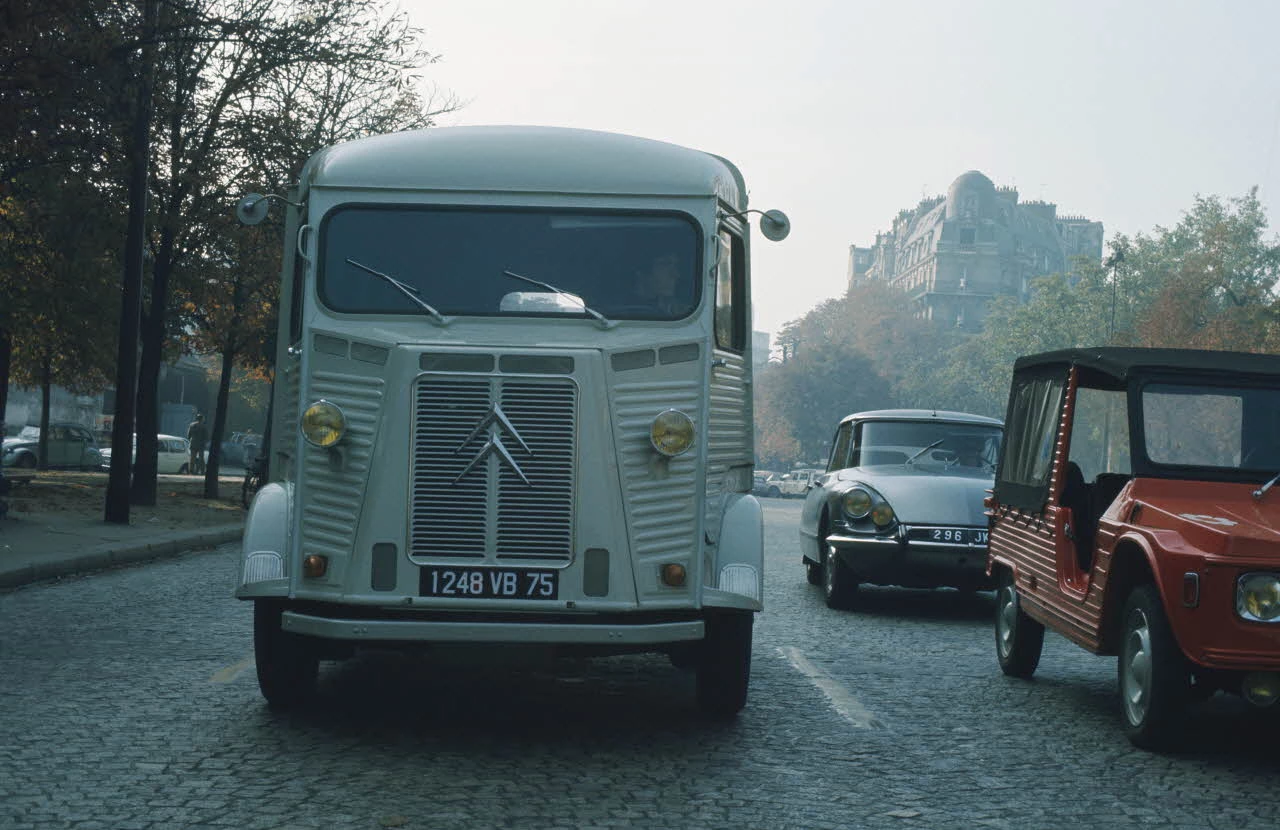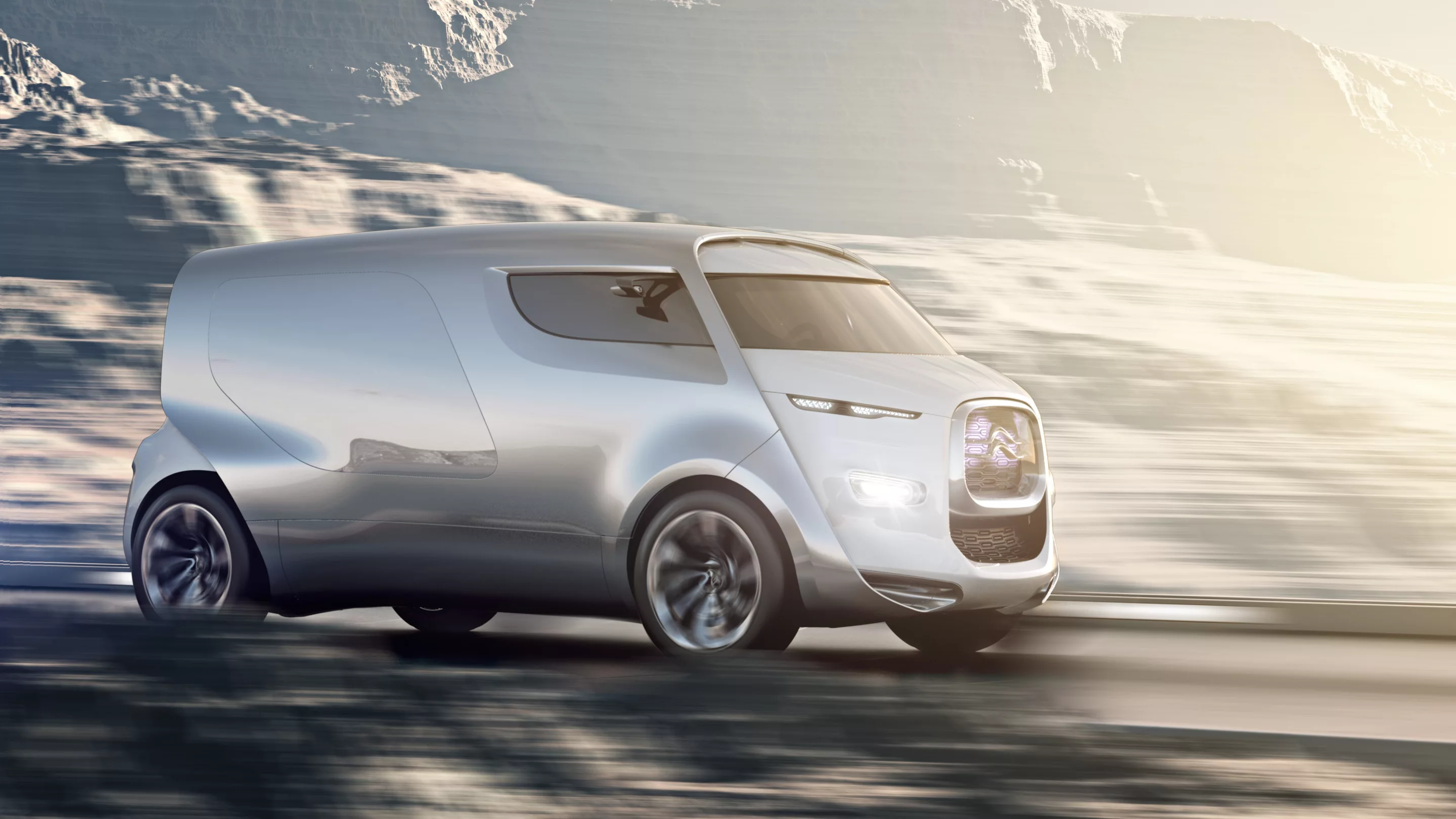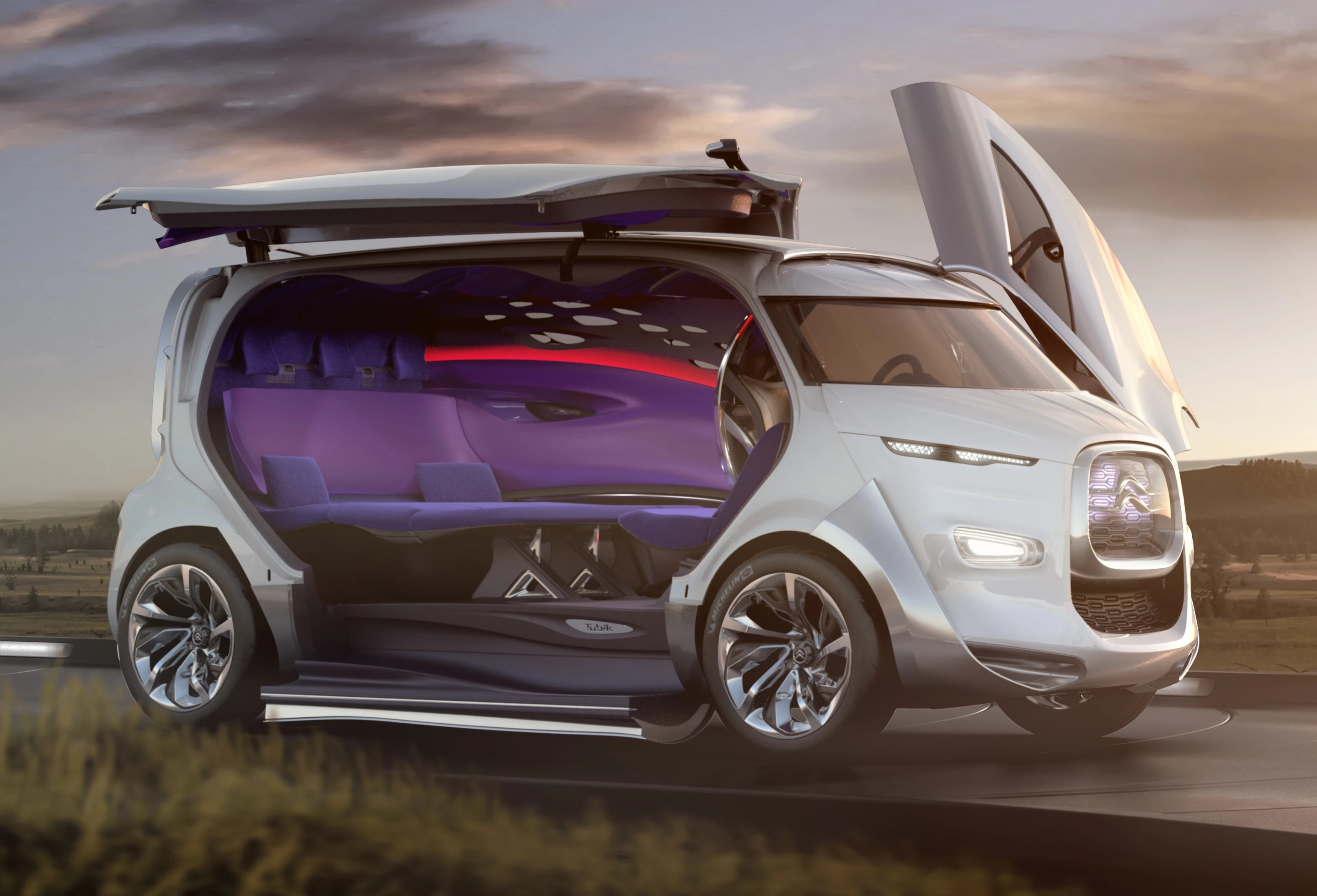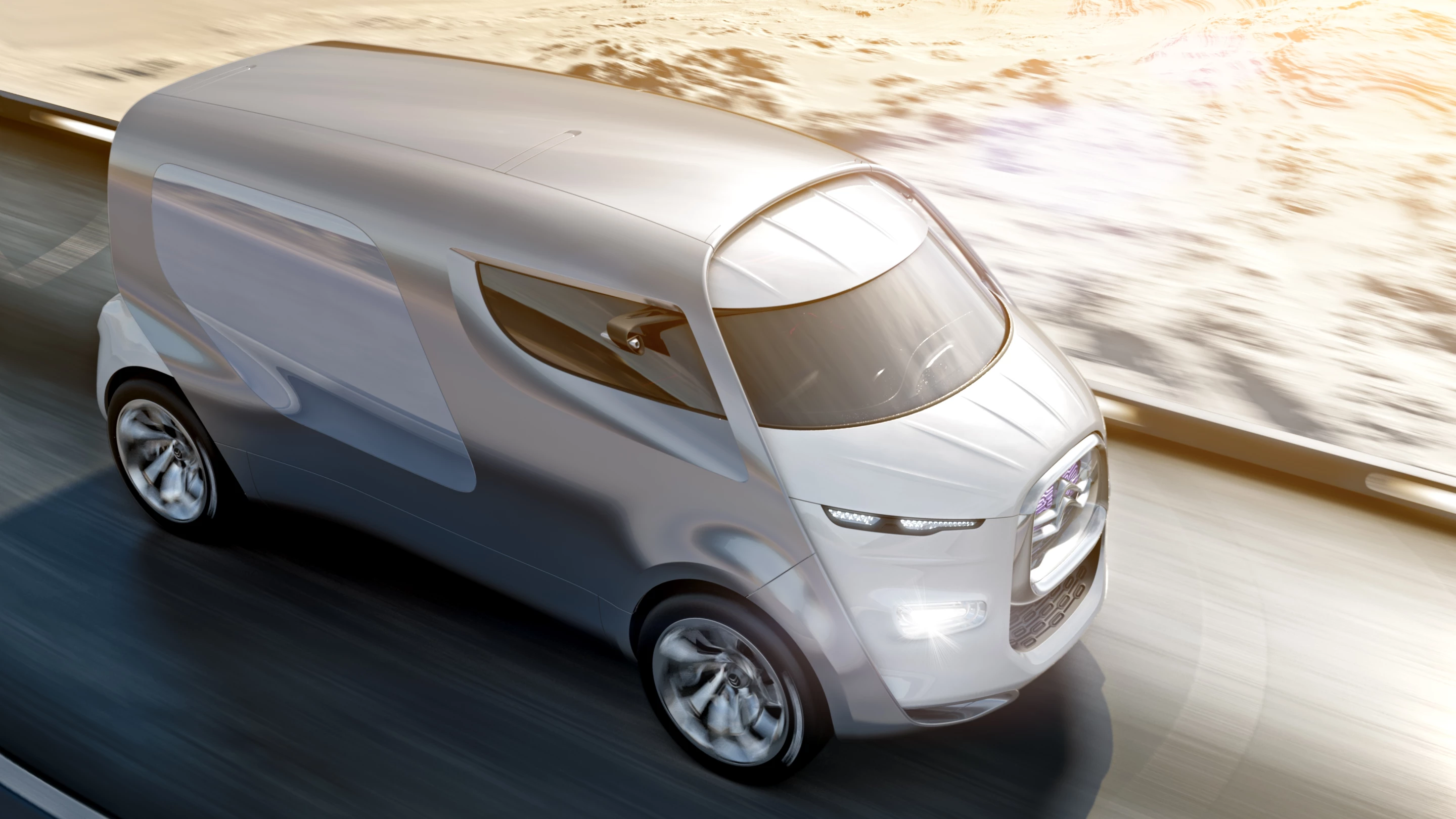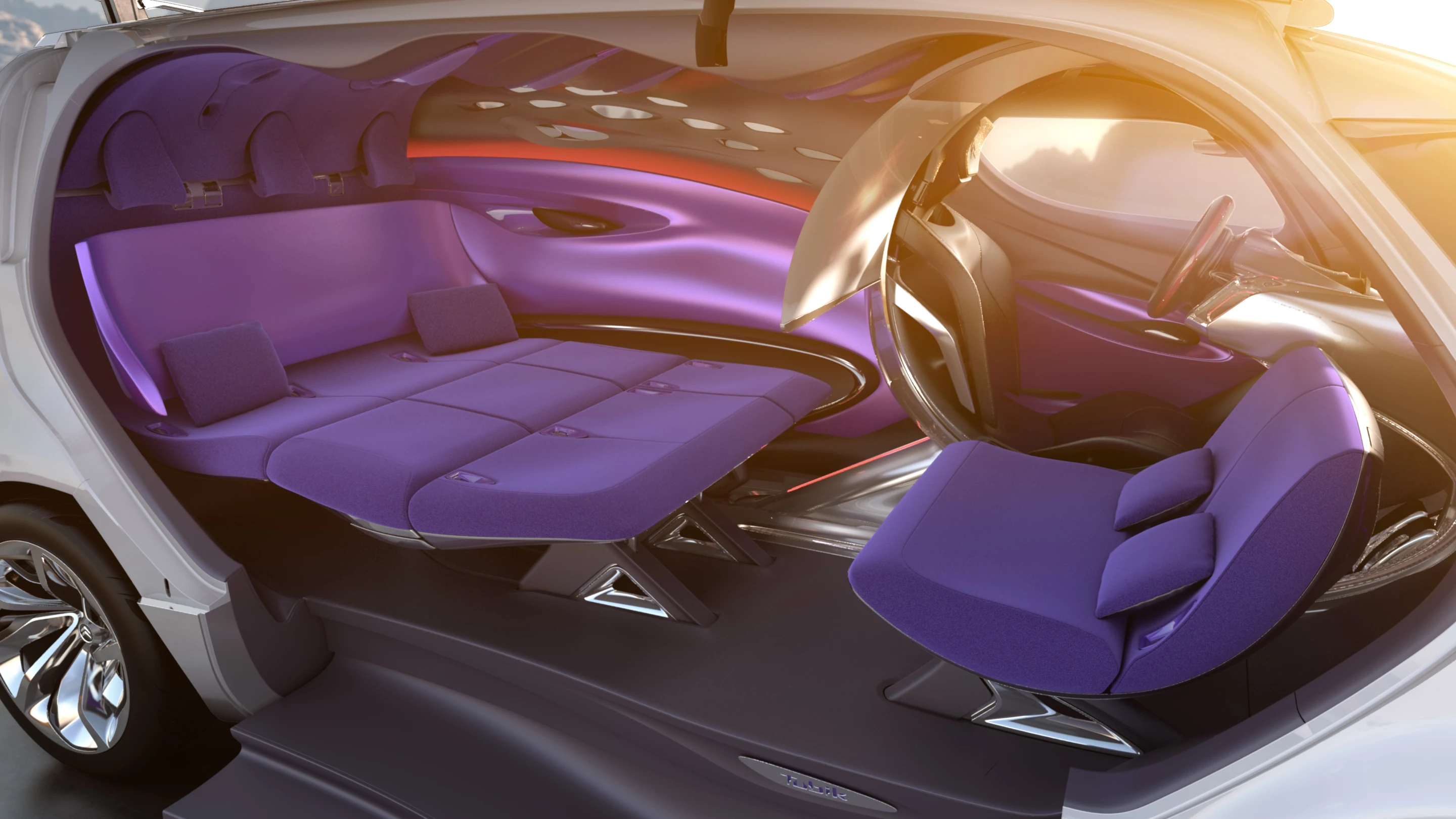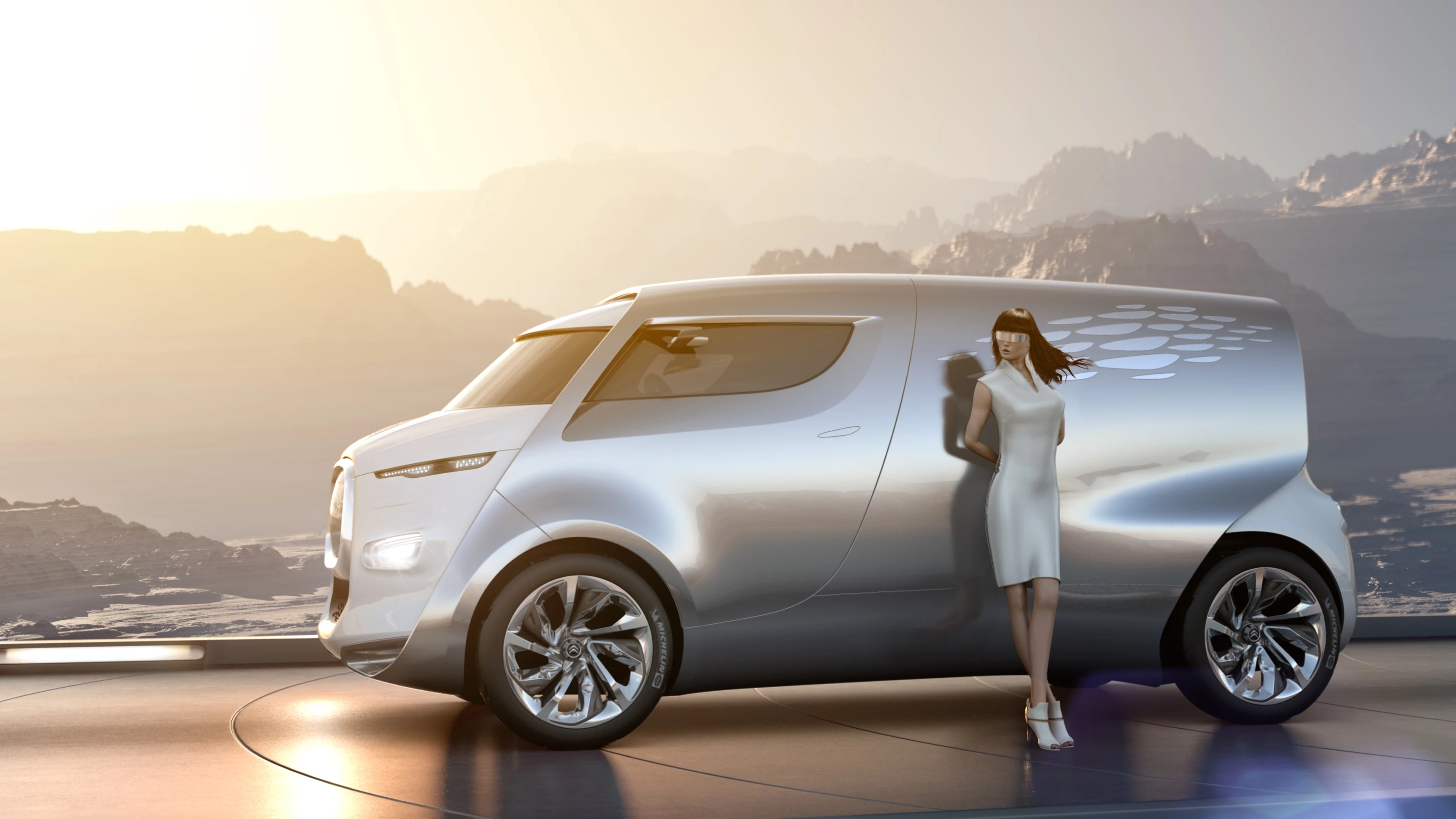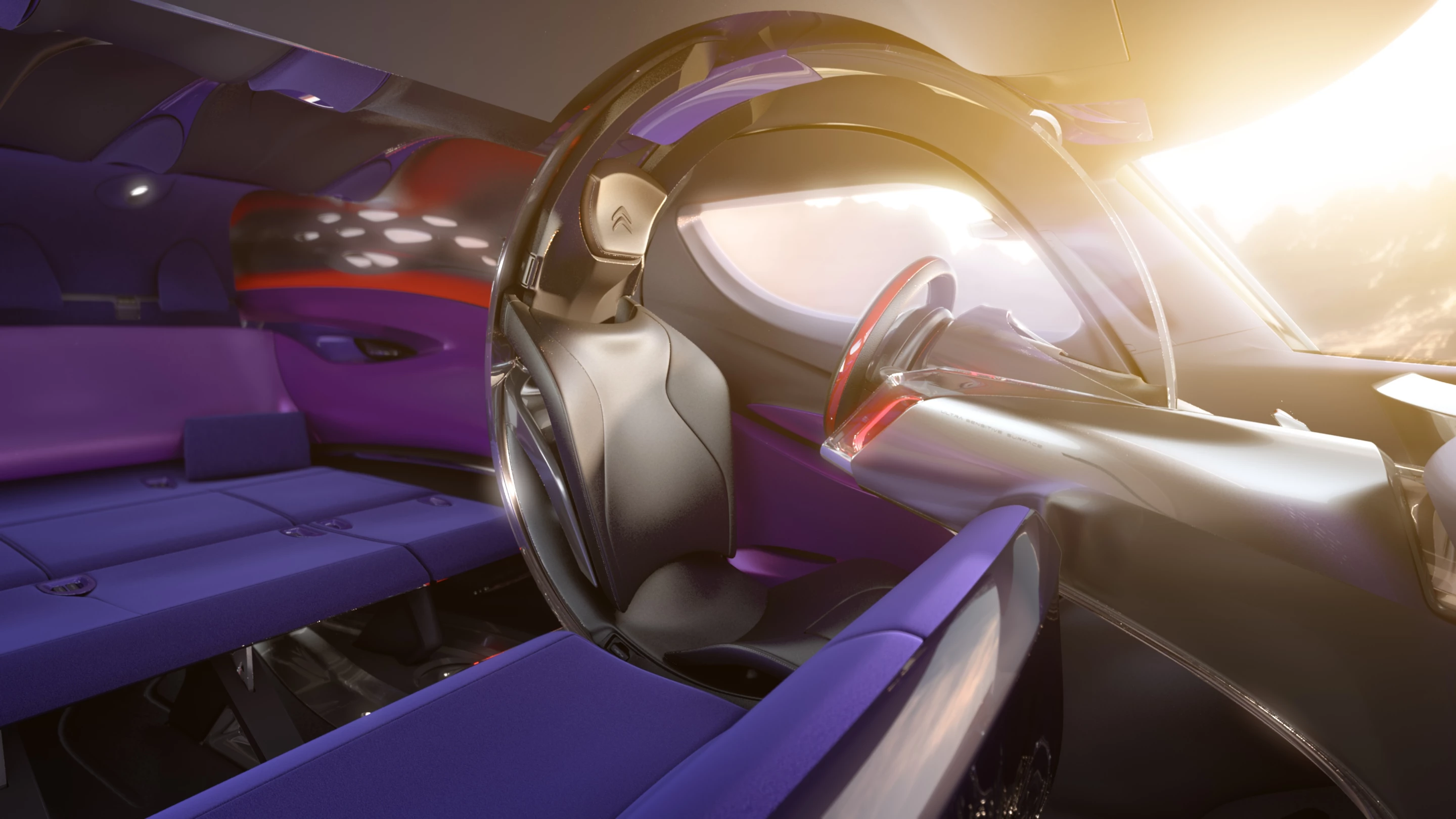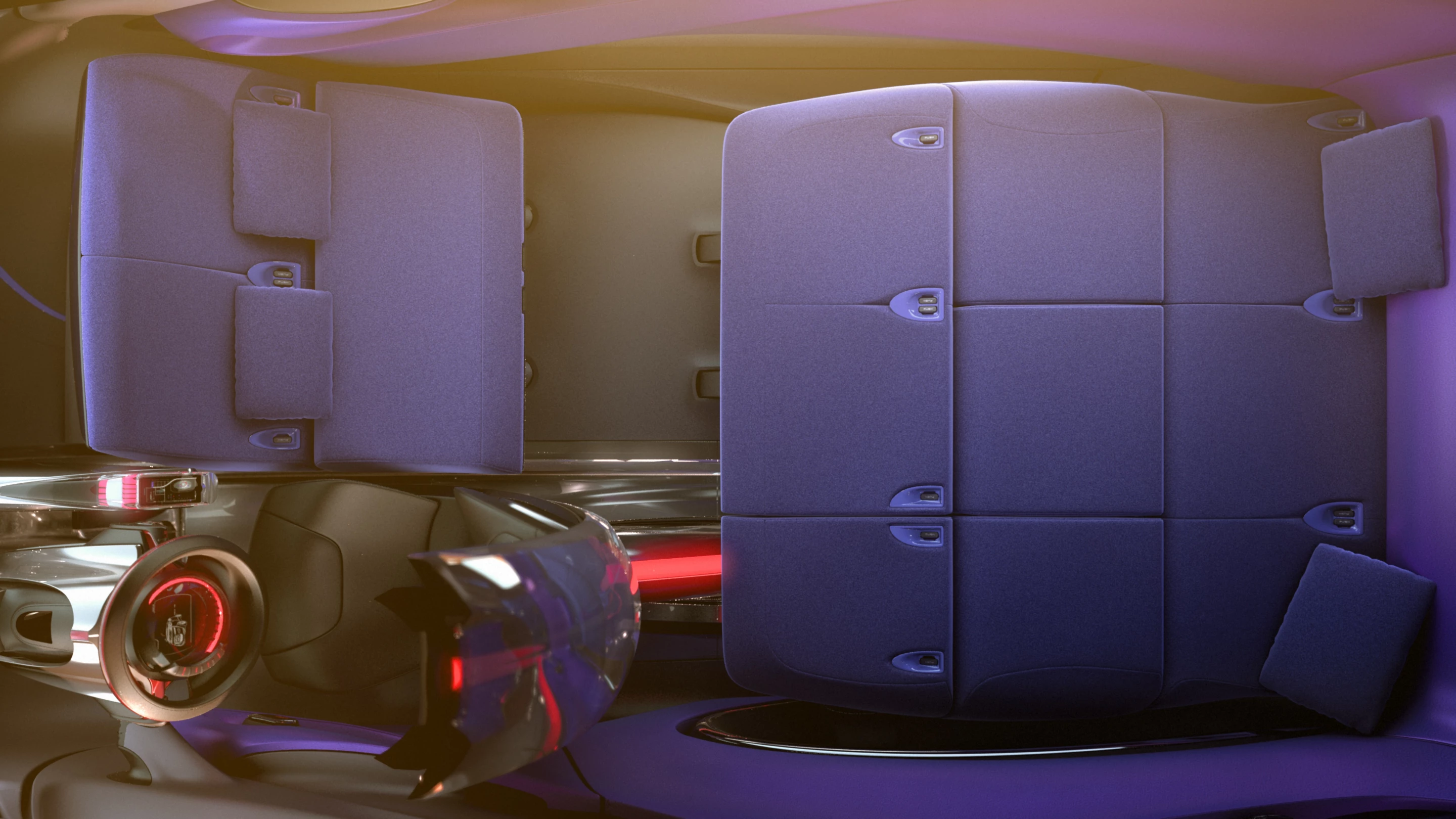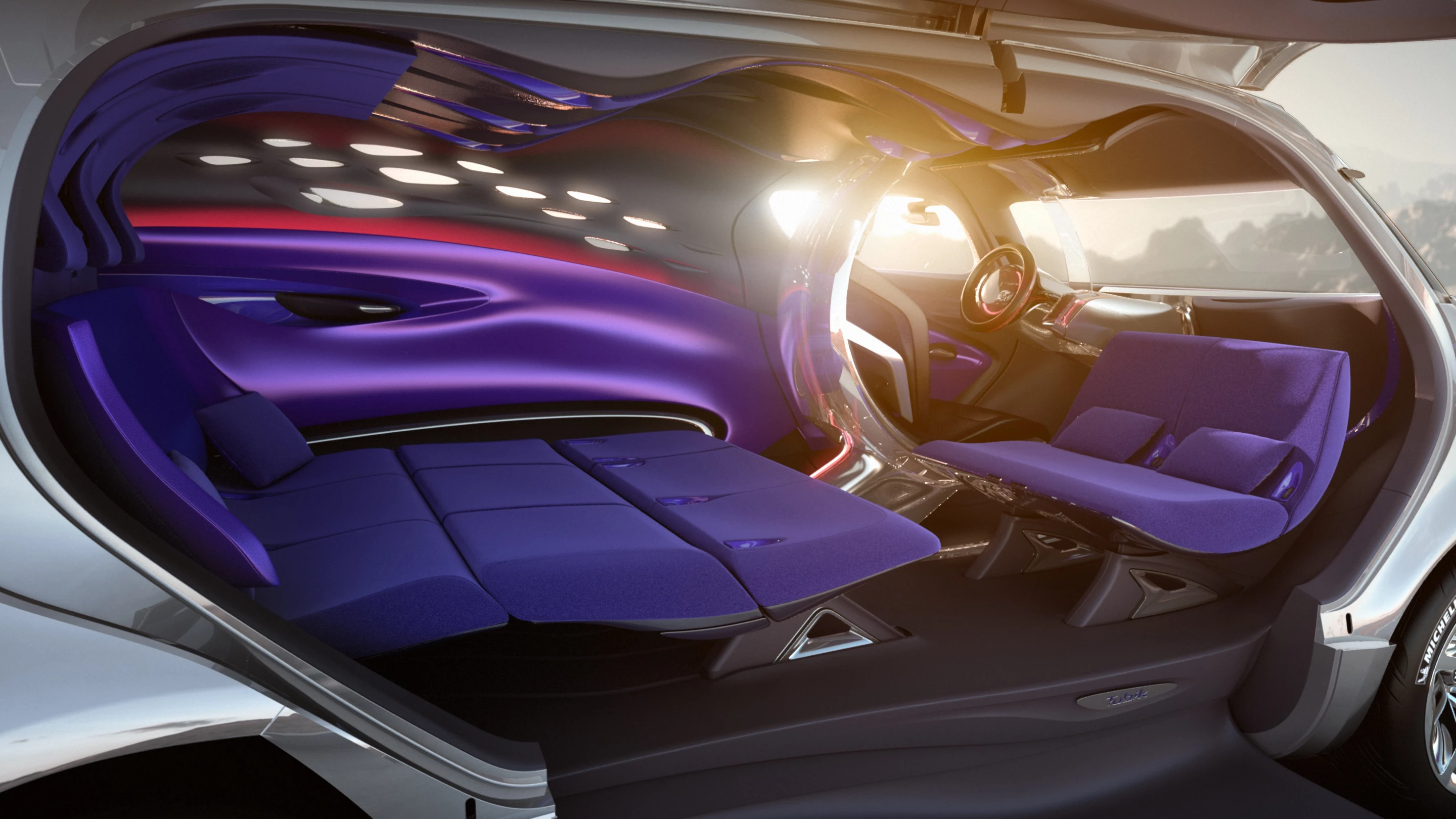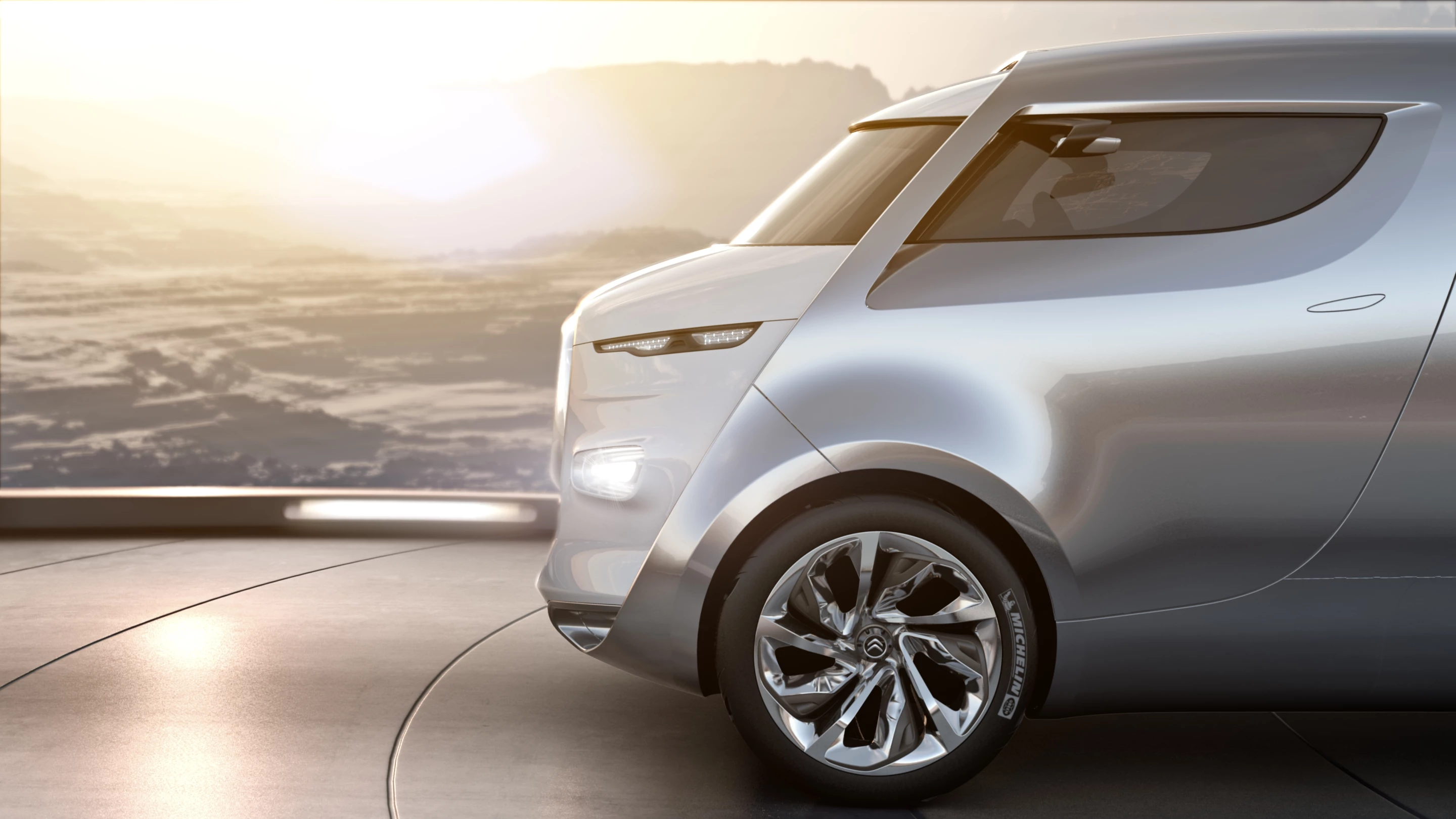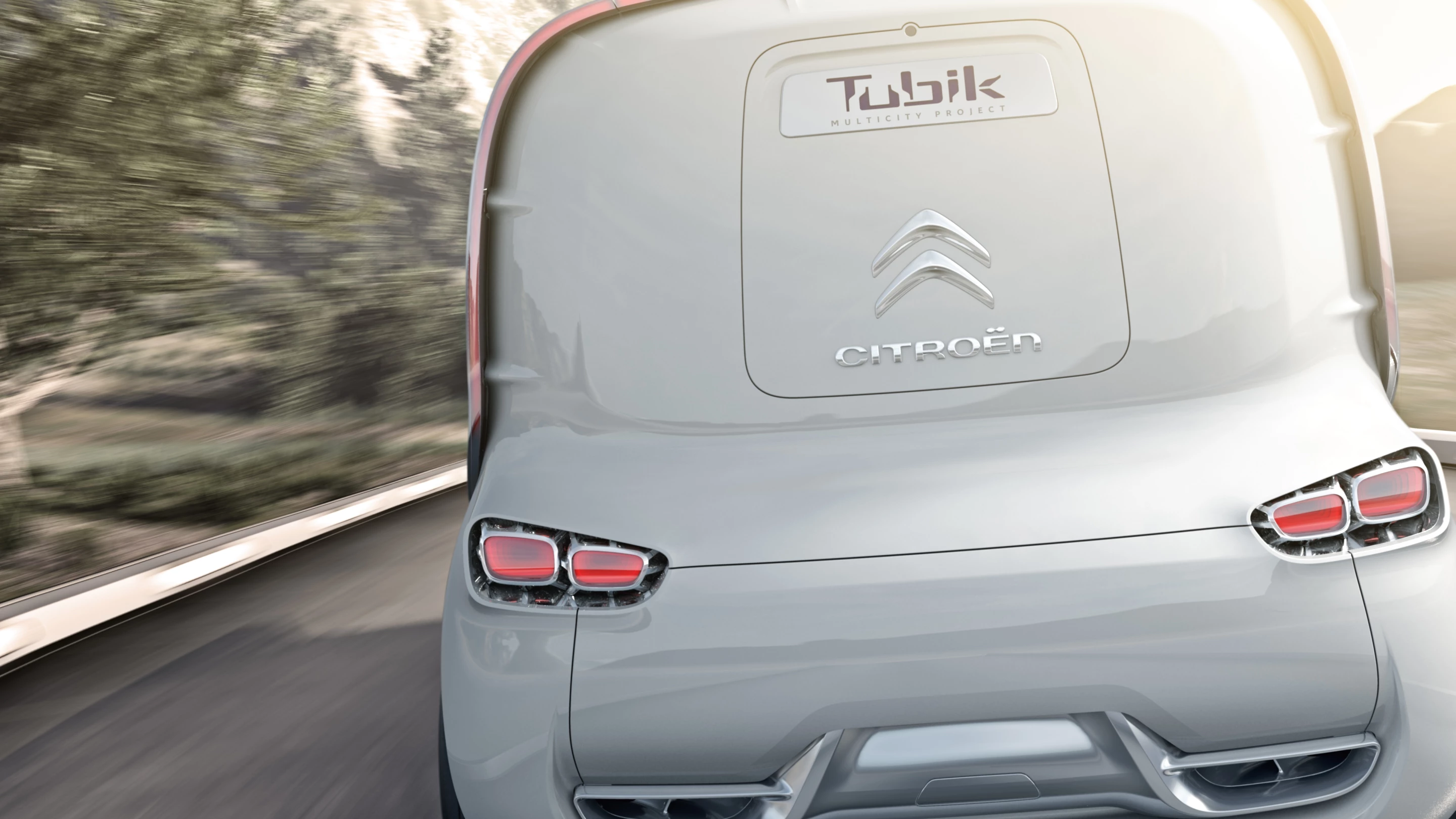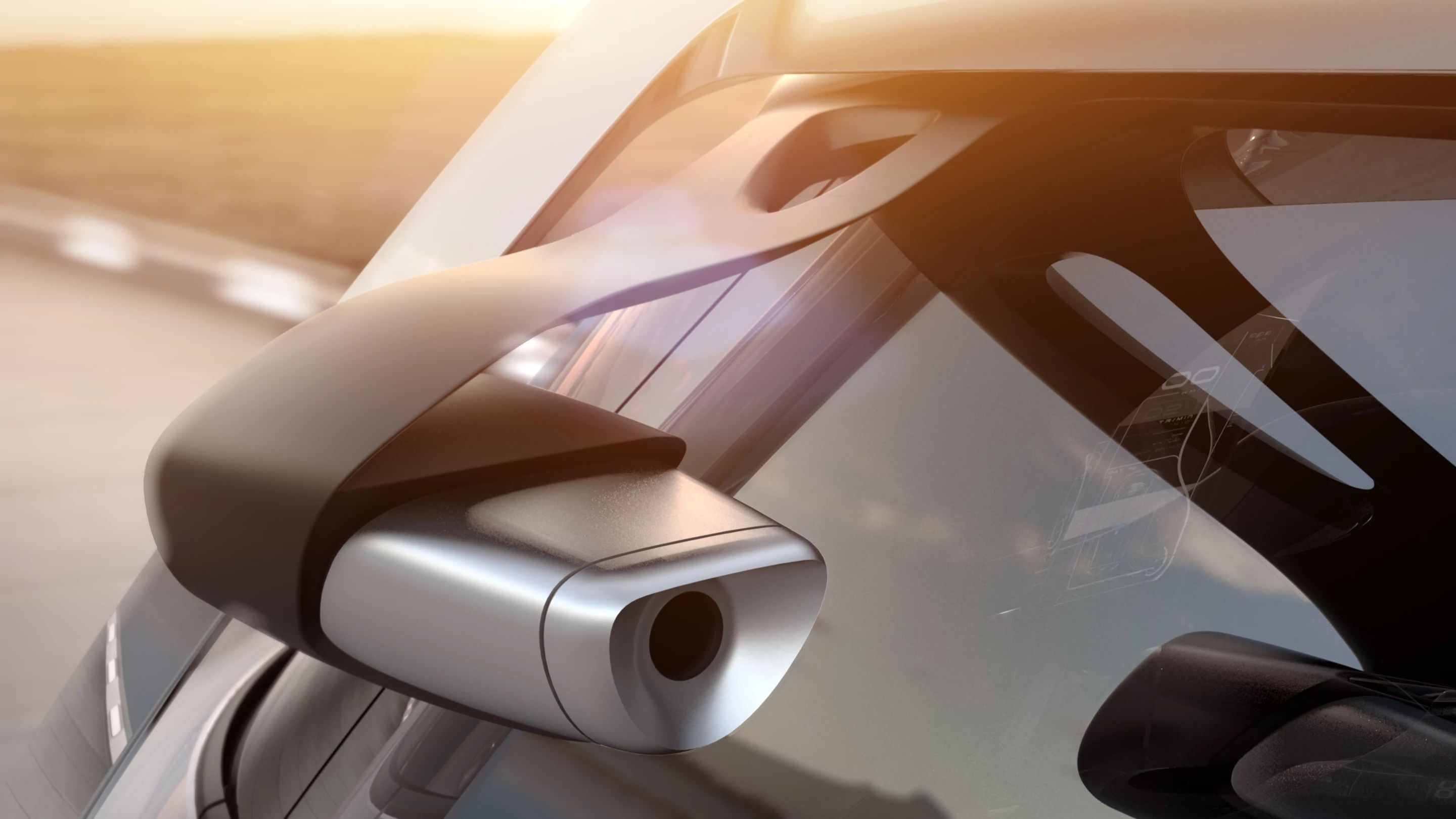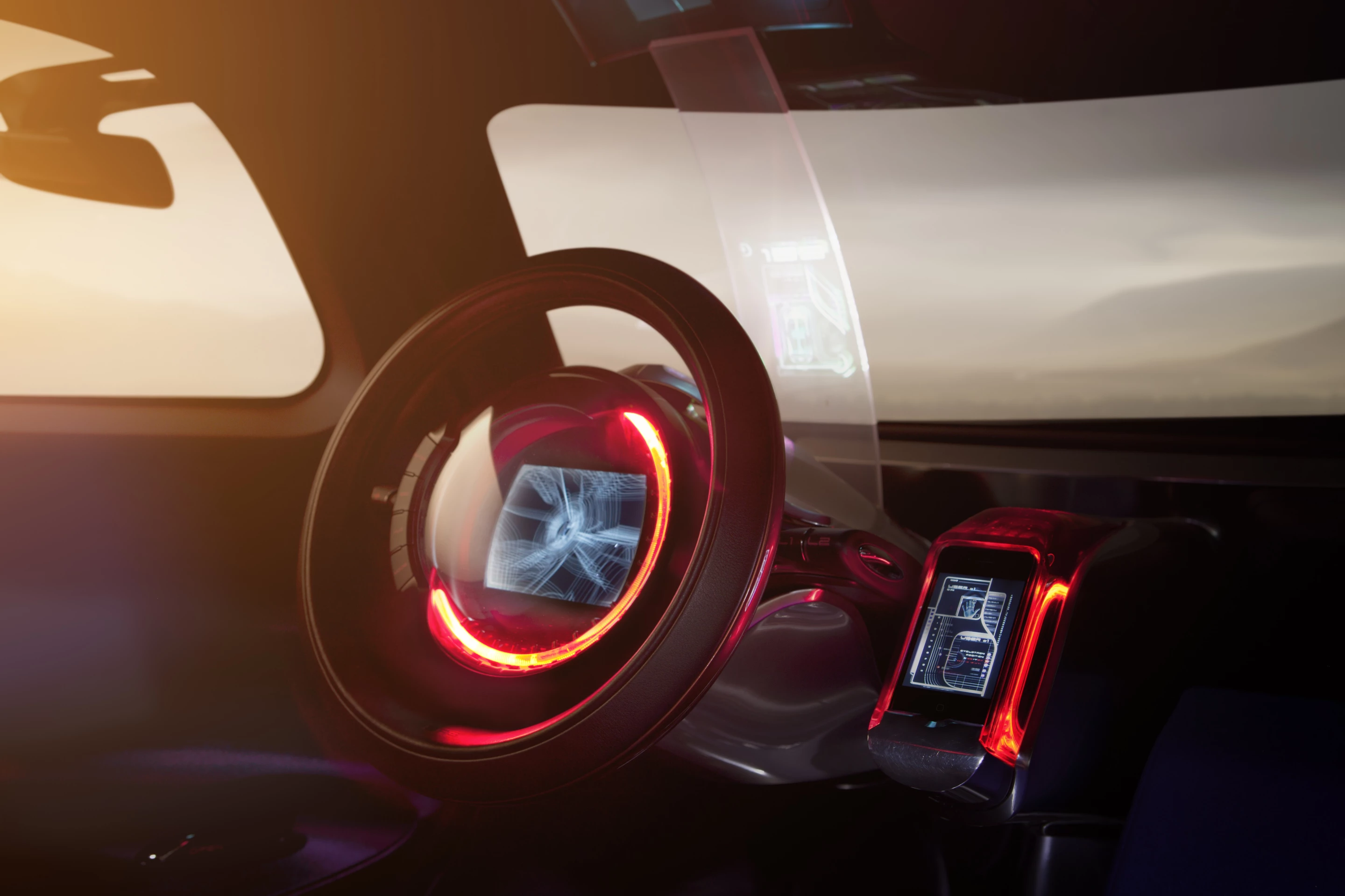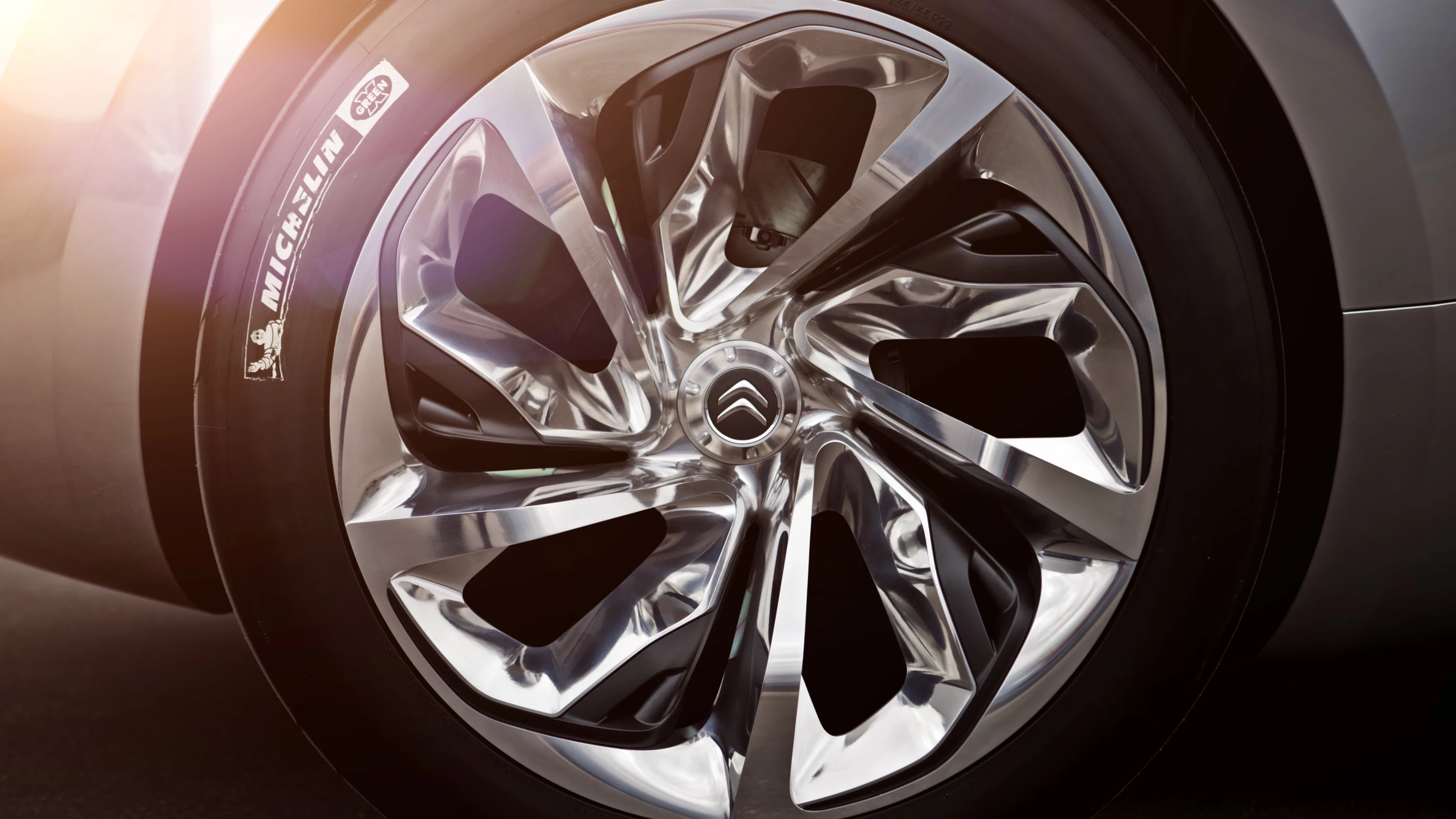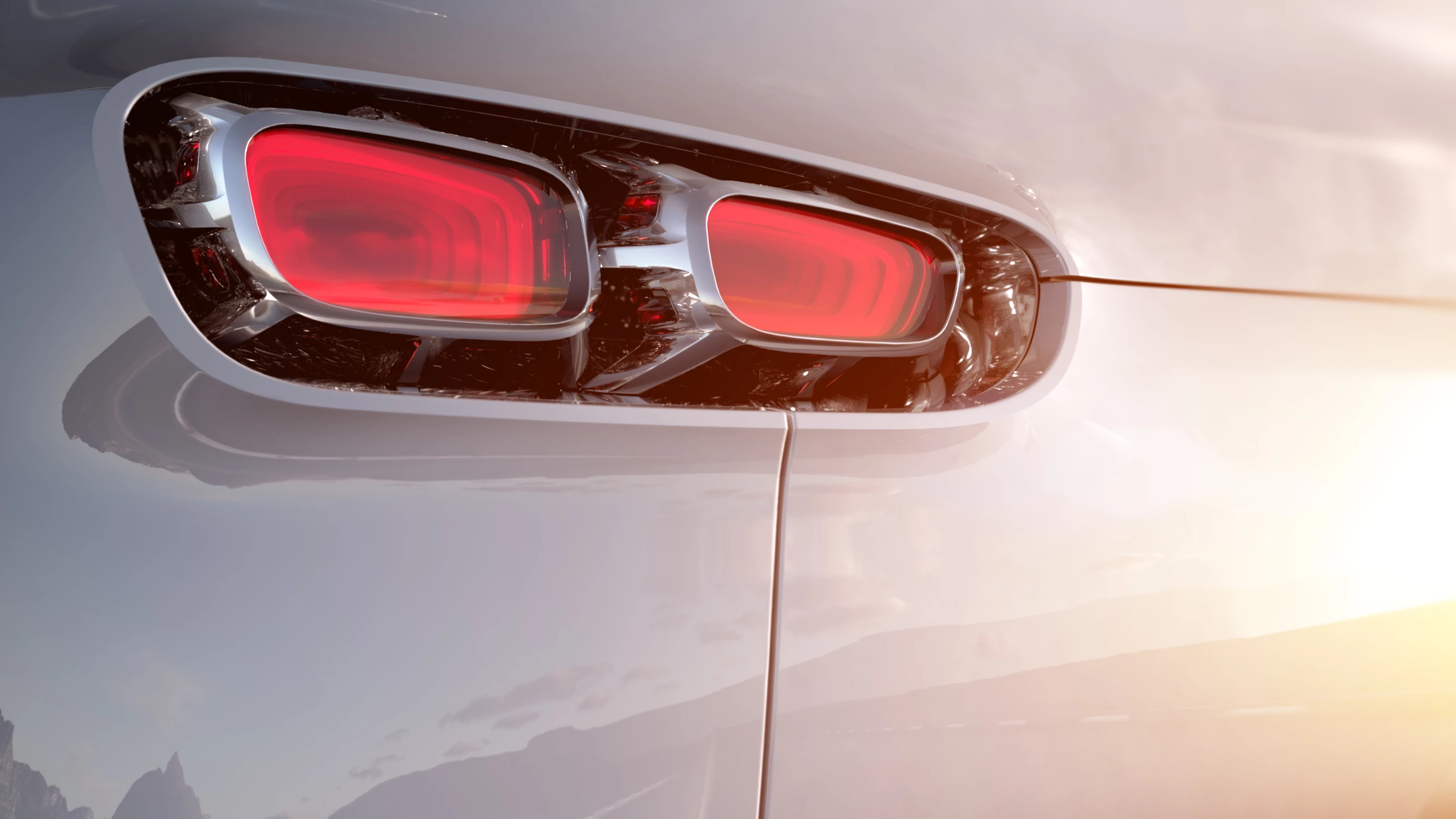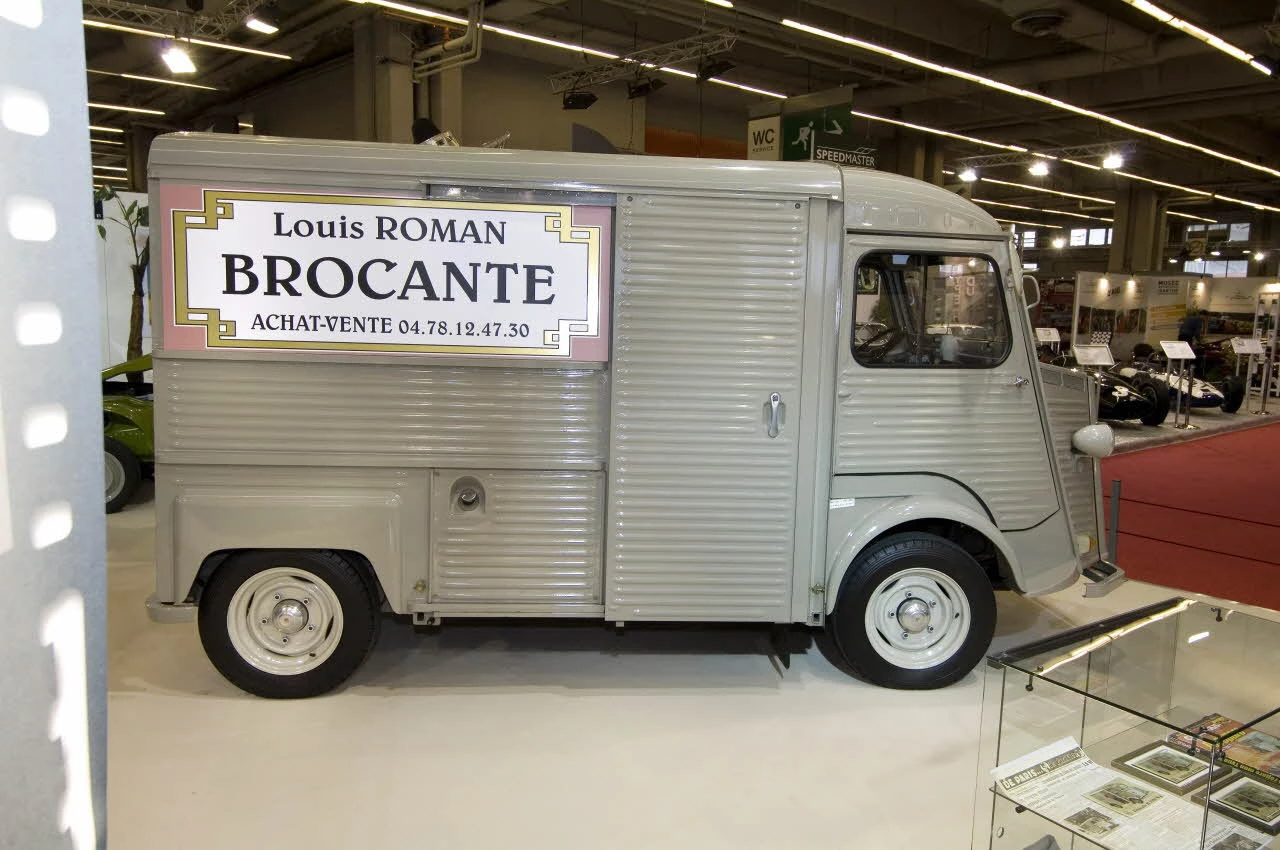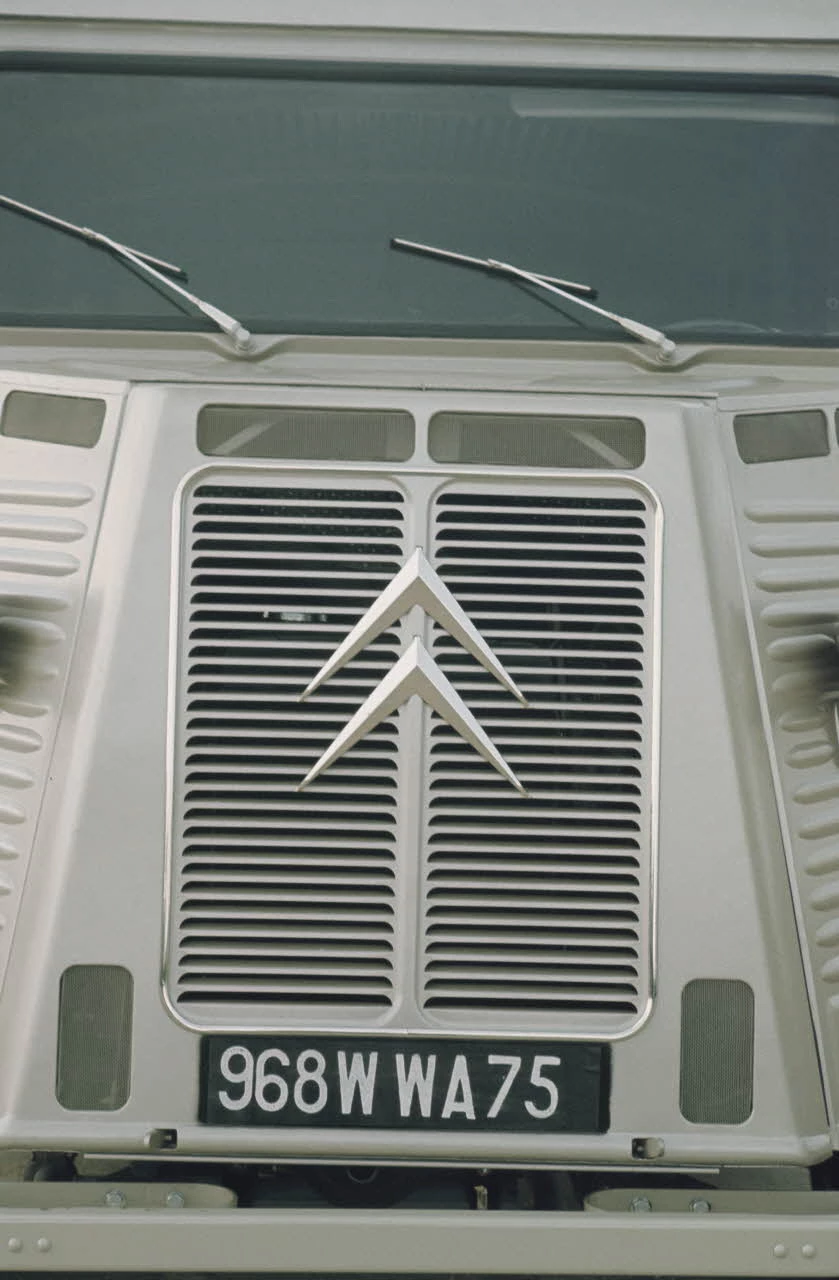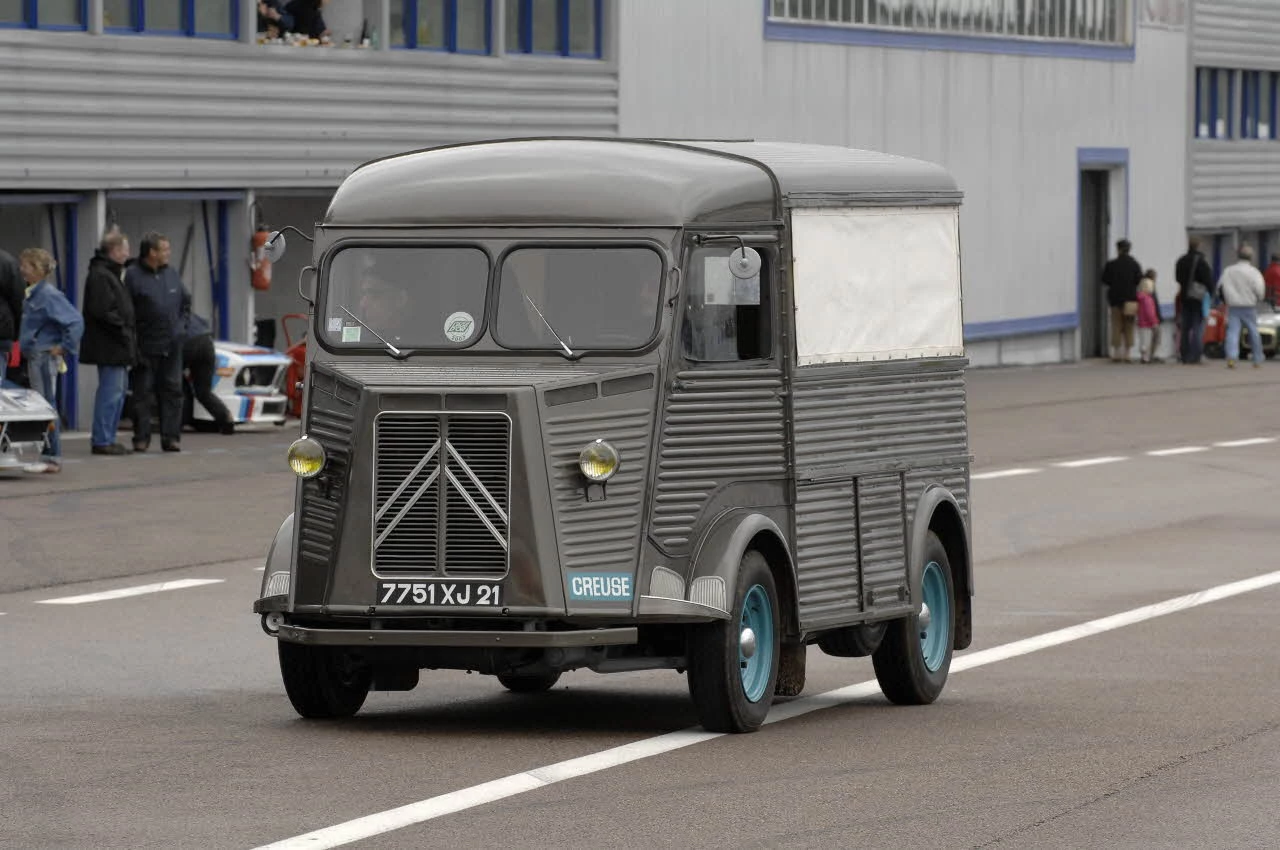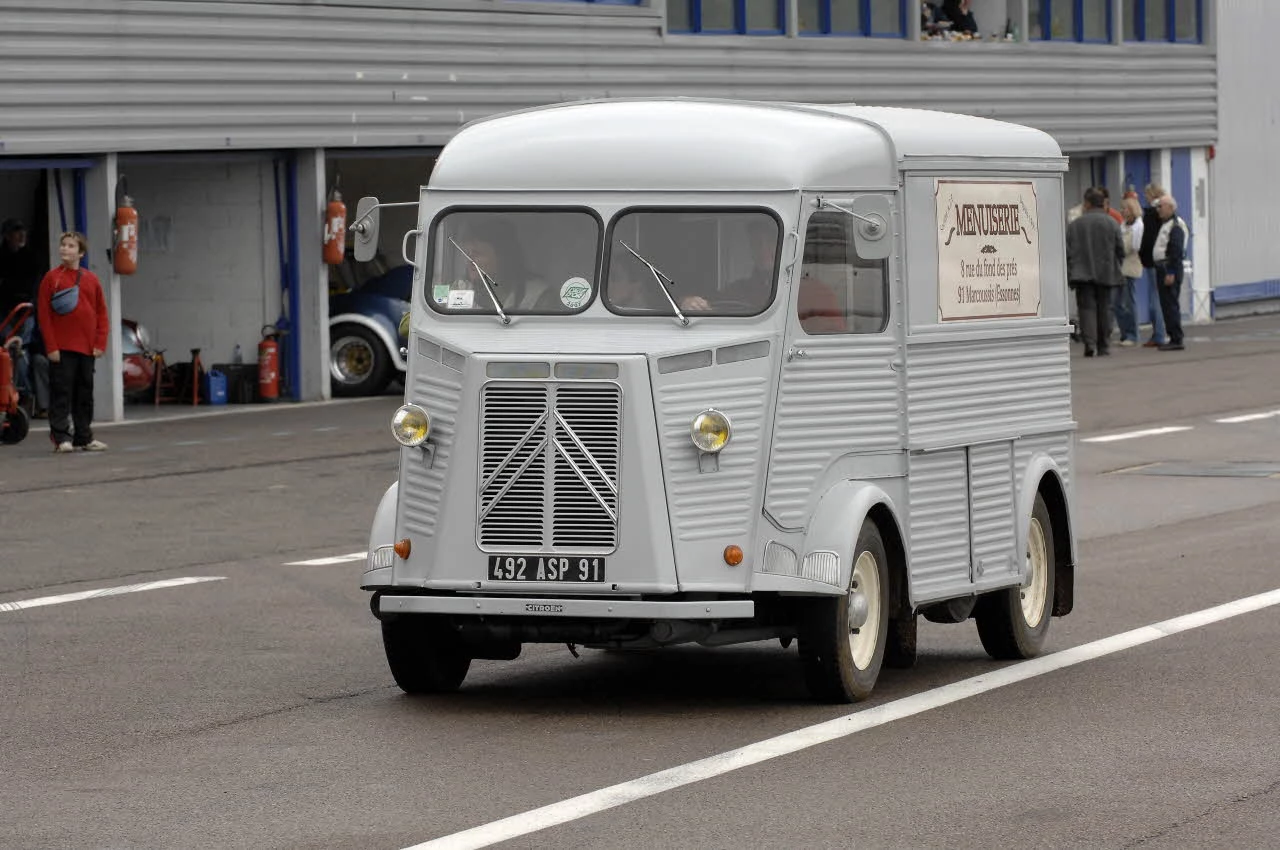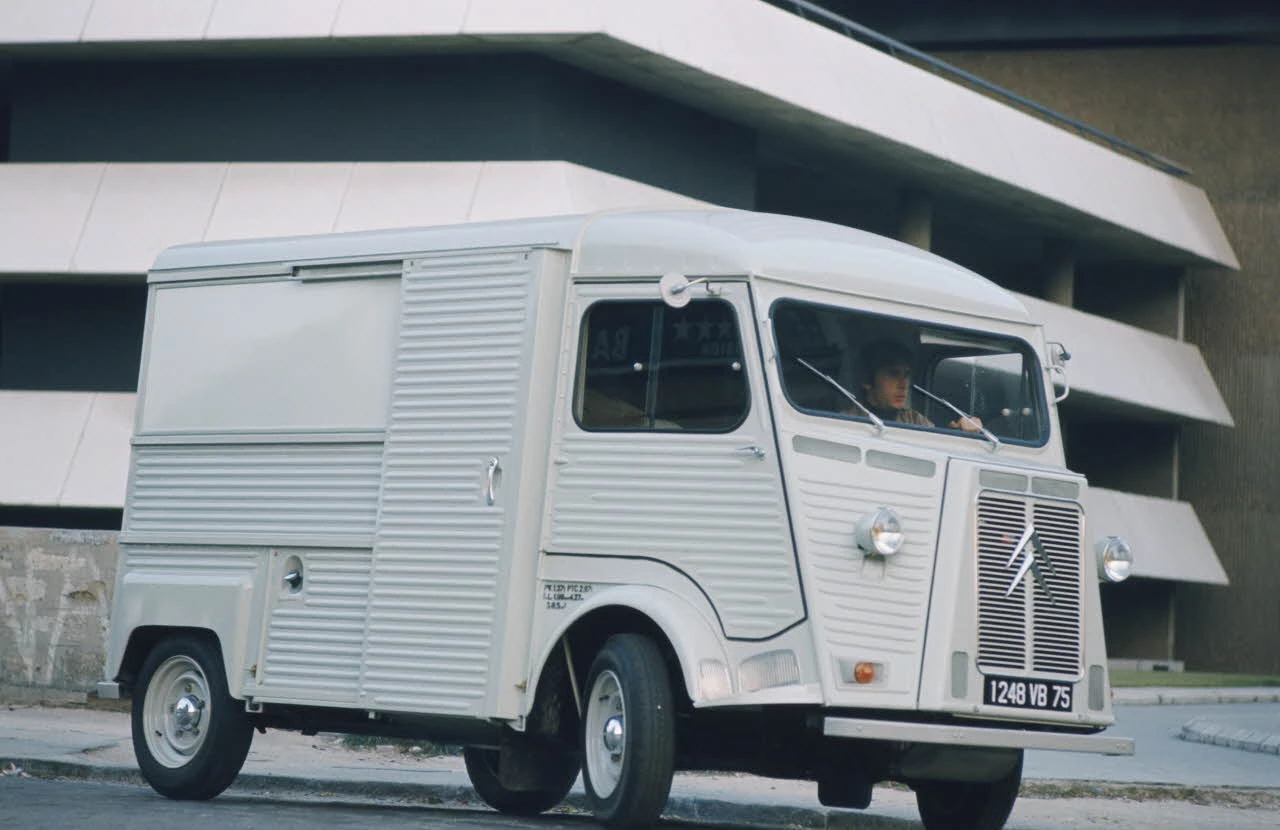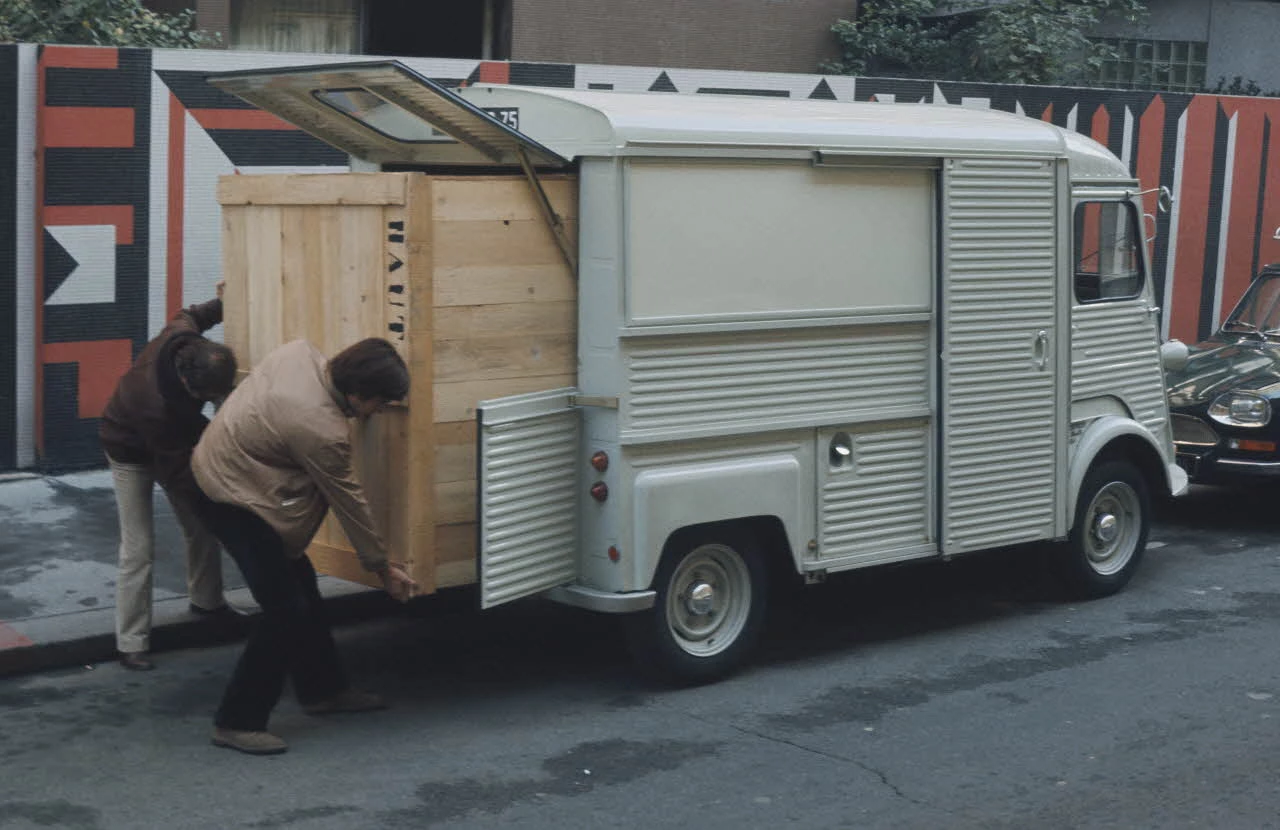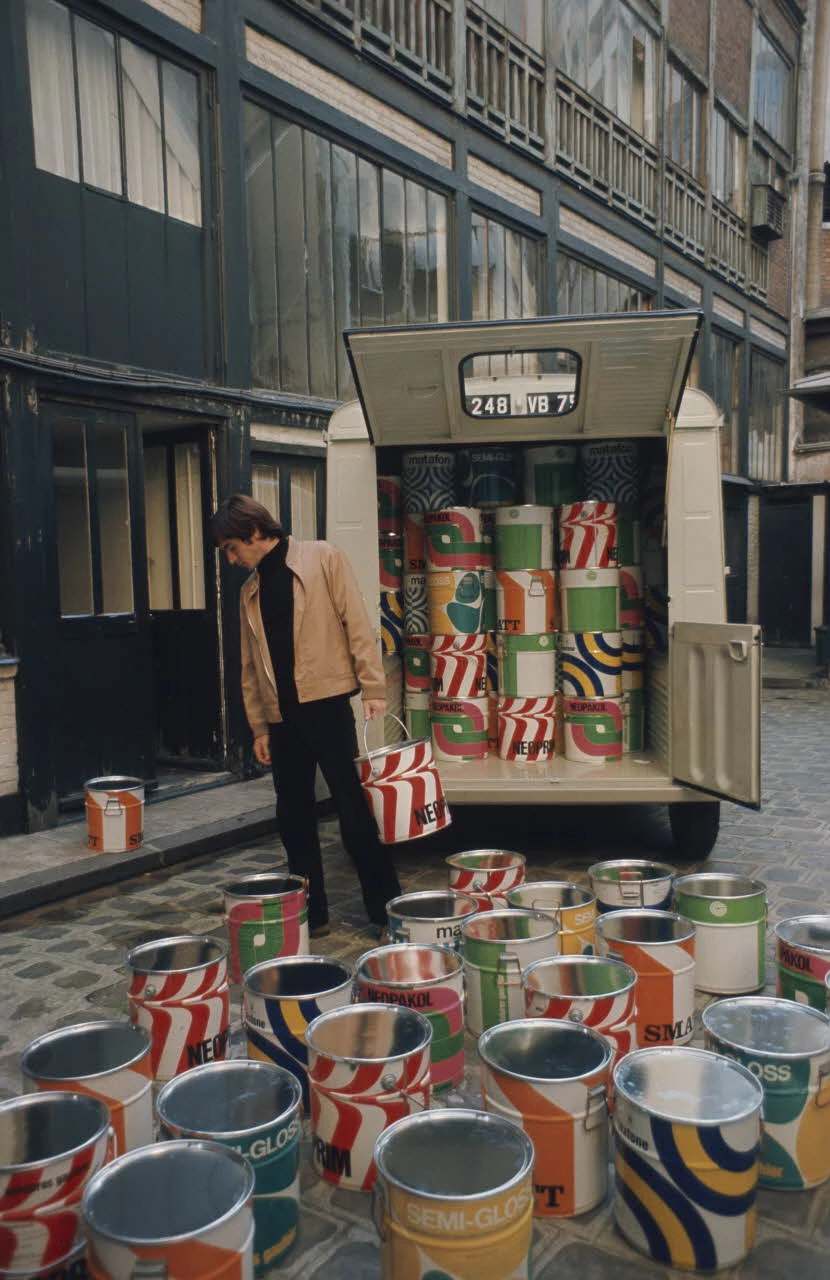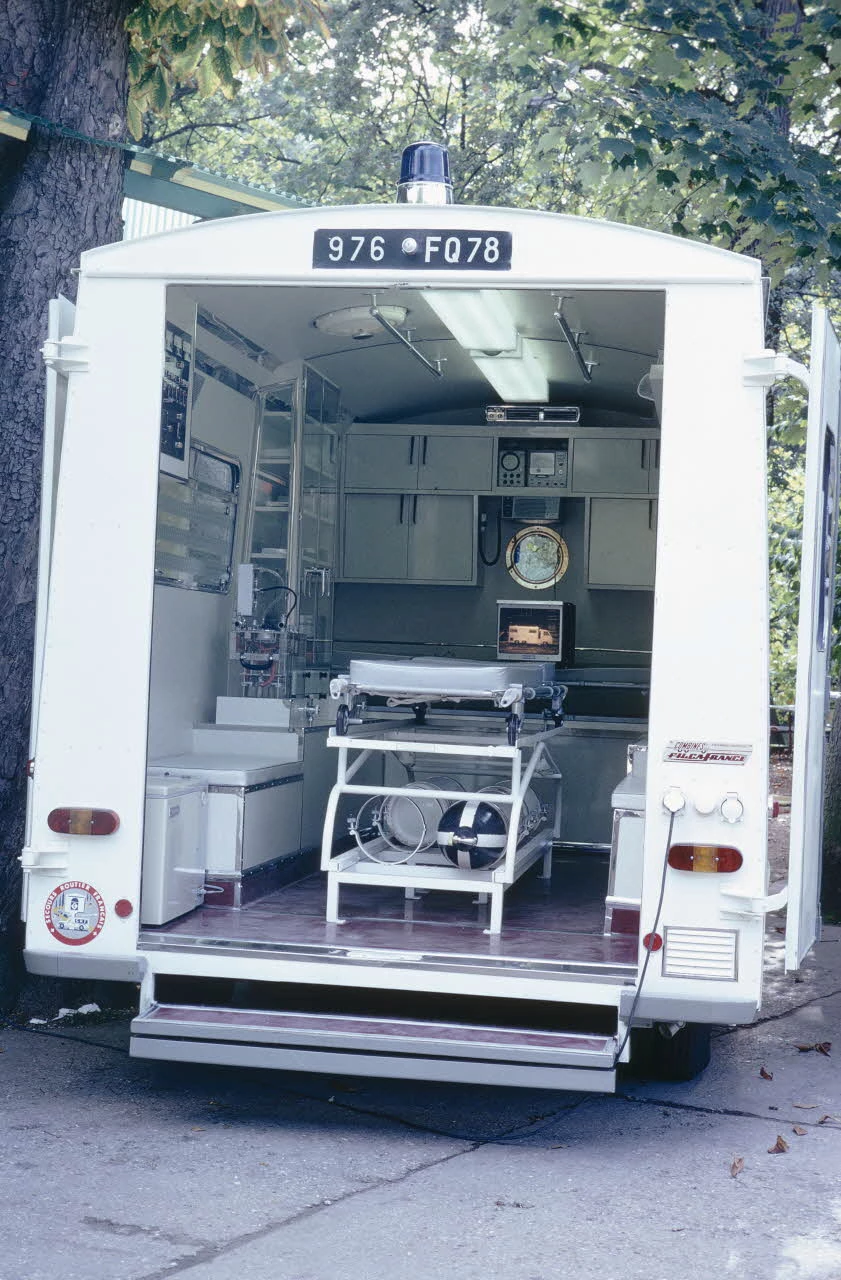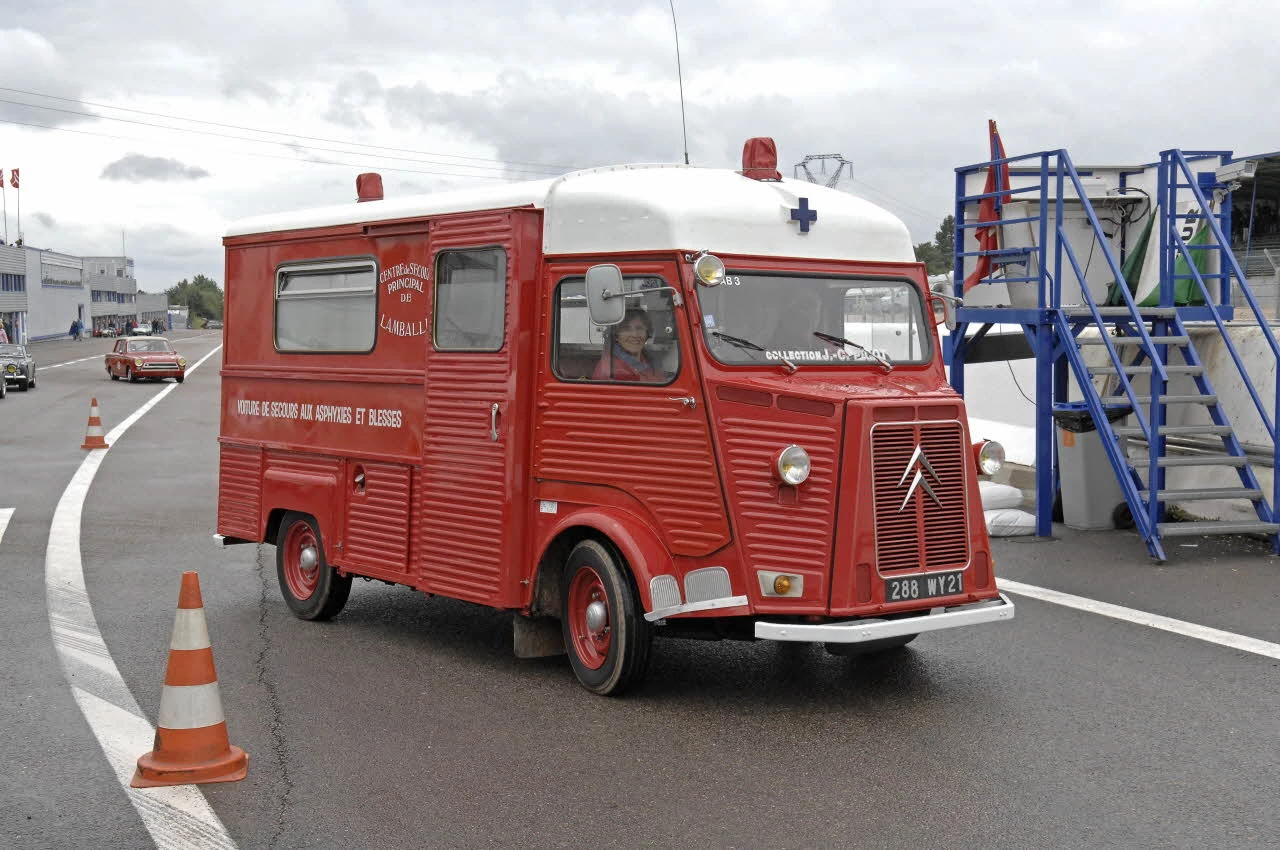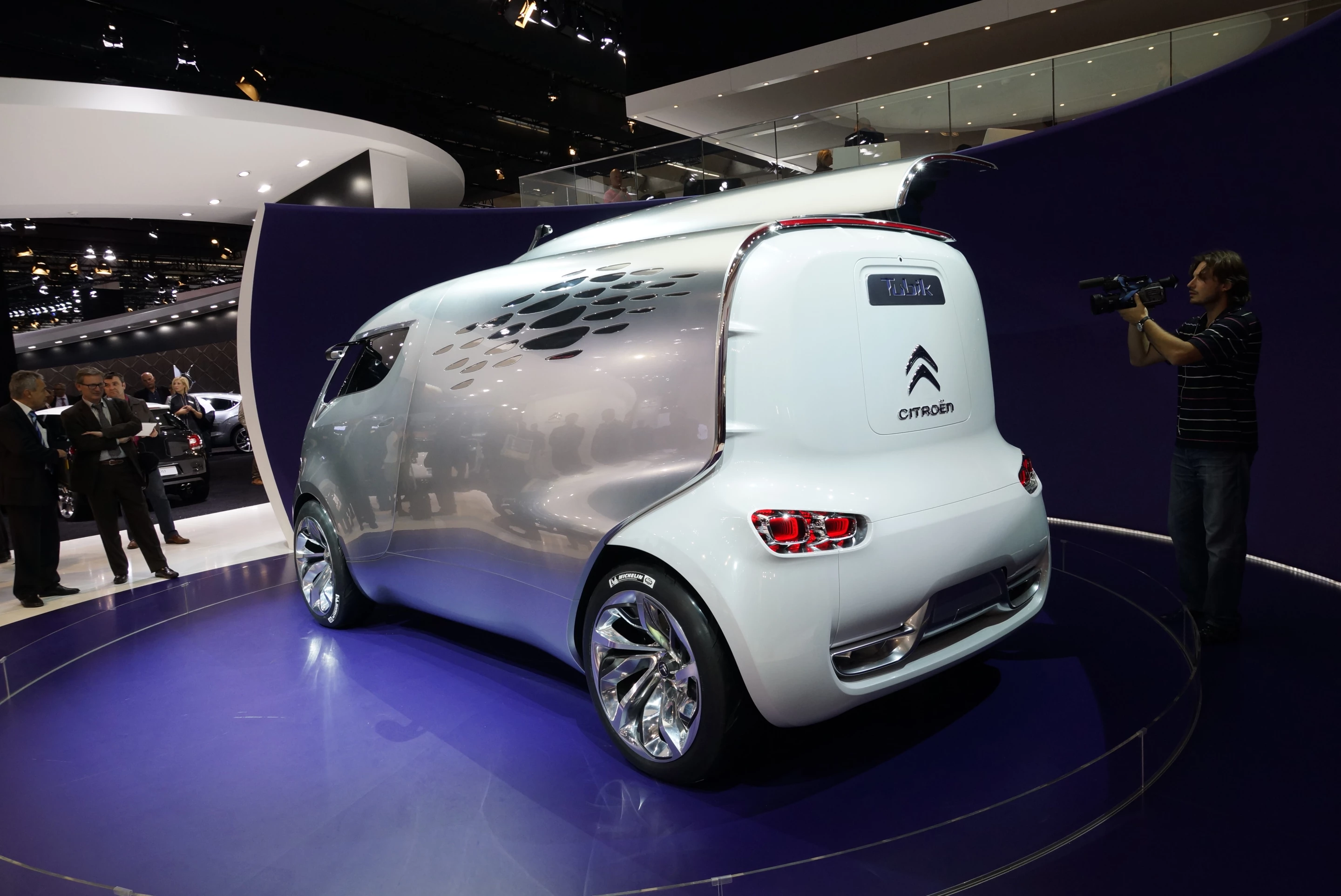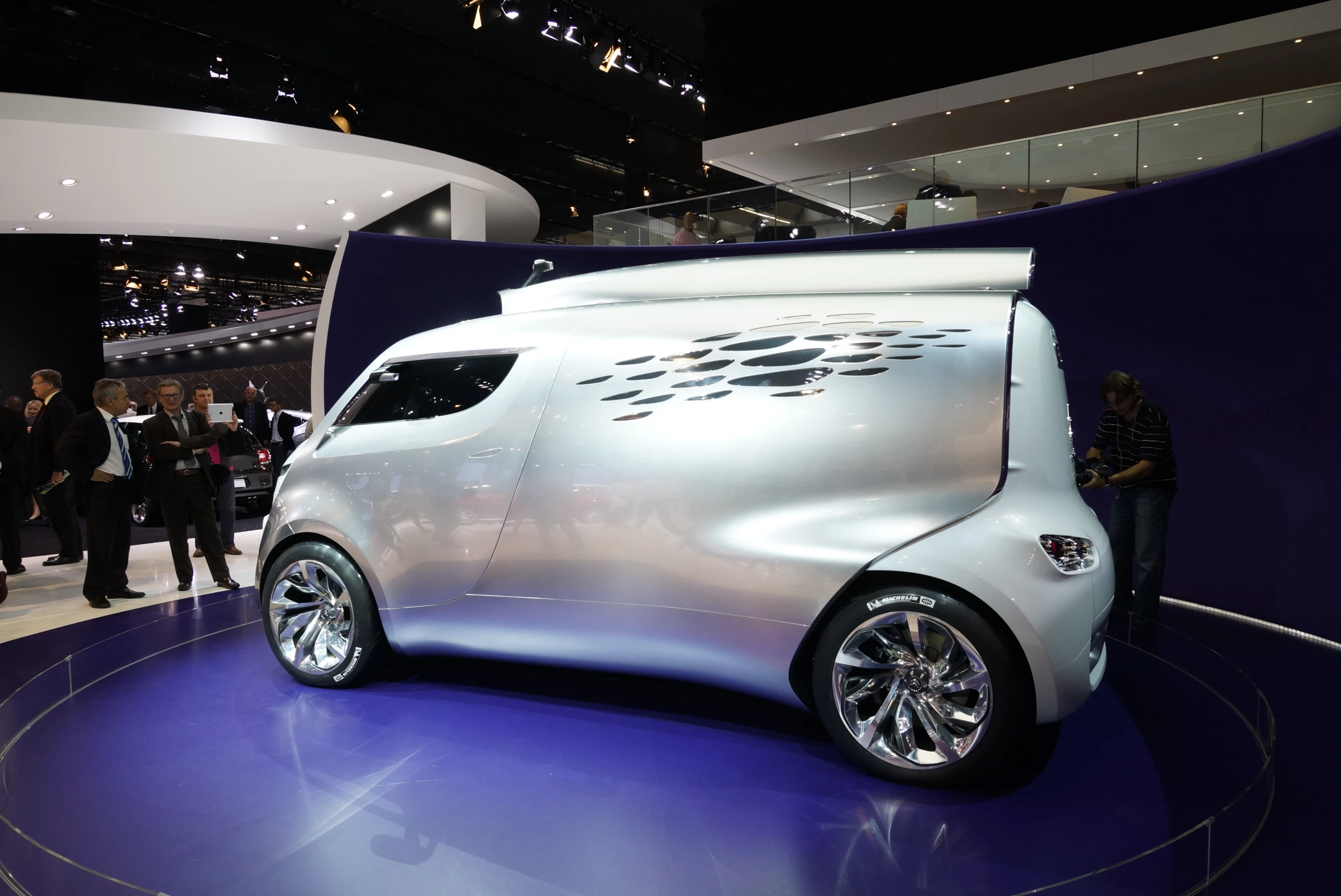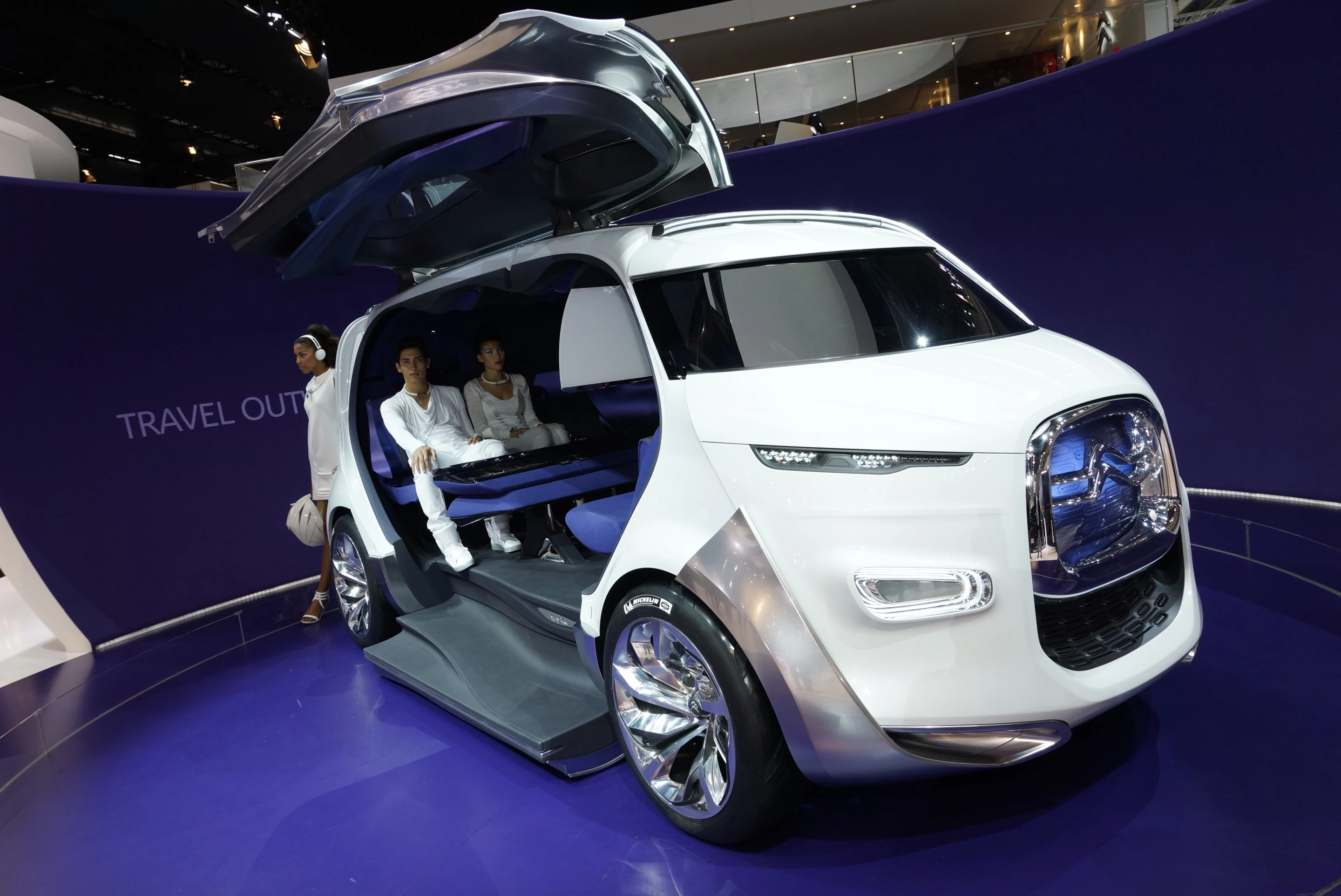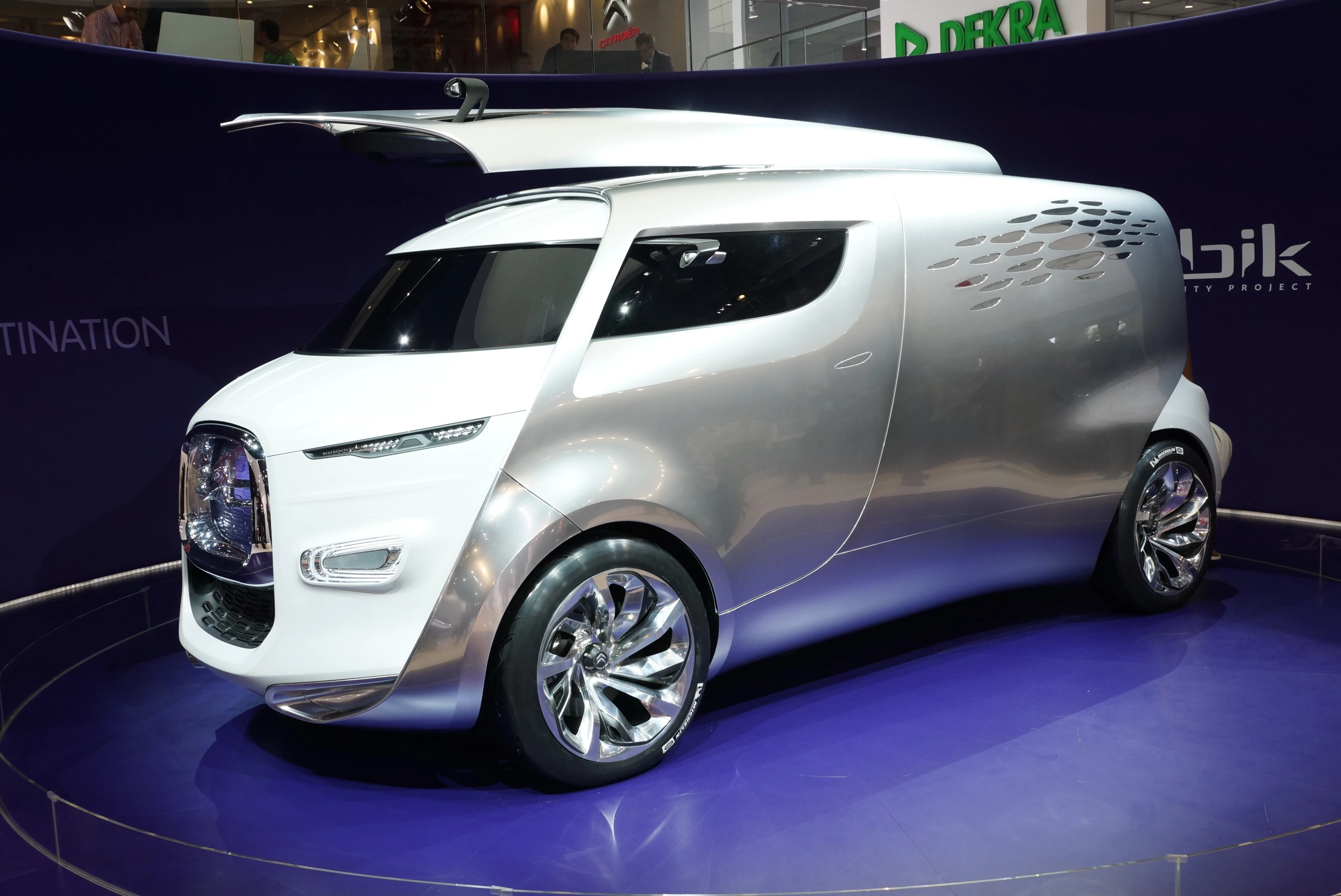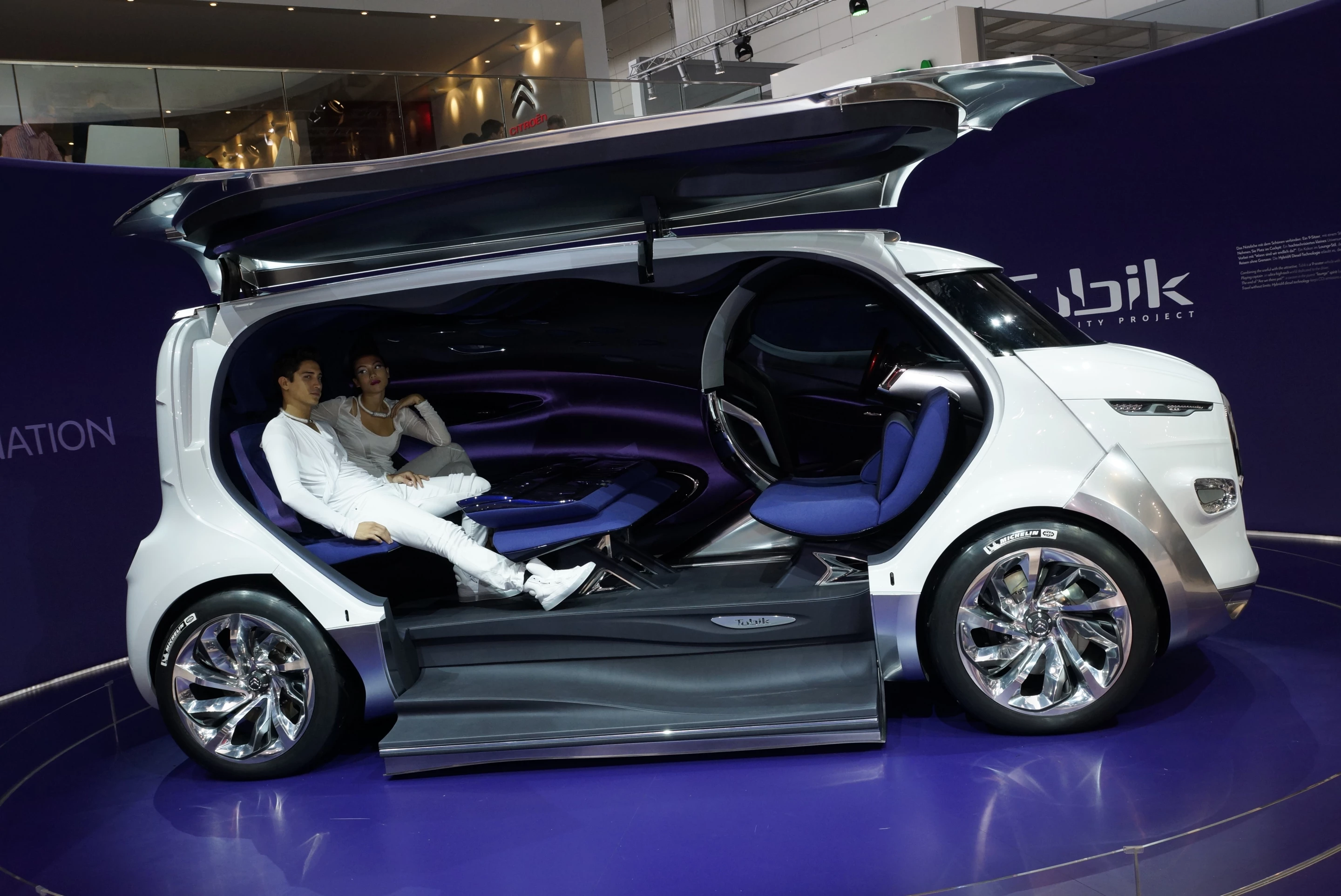UPDATED: NEW IMAGES Yet another interesting mobility idea to be seen for the first time at the Frankfurt Motor Show is Citroen's Tubik concept - a high-tech, high-comfort, connected executive shuttle. The idea came from Citroen's Multicity project, an online route-finder portal that provides a door-to-destination transport solution using all available modes - car, train, bus, plane etc.
In looking at the big picture, Citroen realised that something was missing - a vehicle was needed that was more than a taxi and more flexible than a limousine. The Citroen Tubik is that solution.
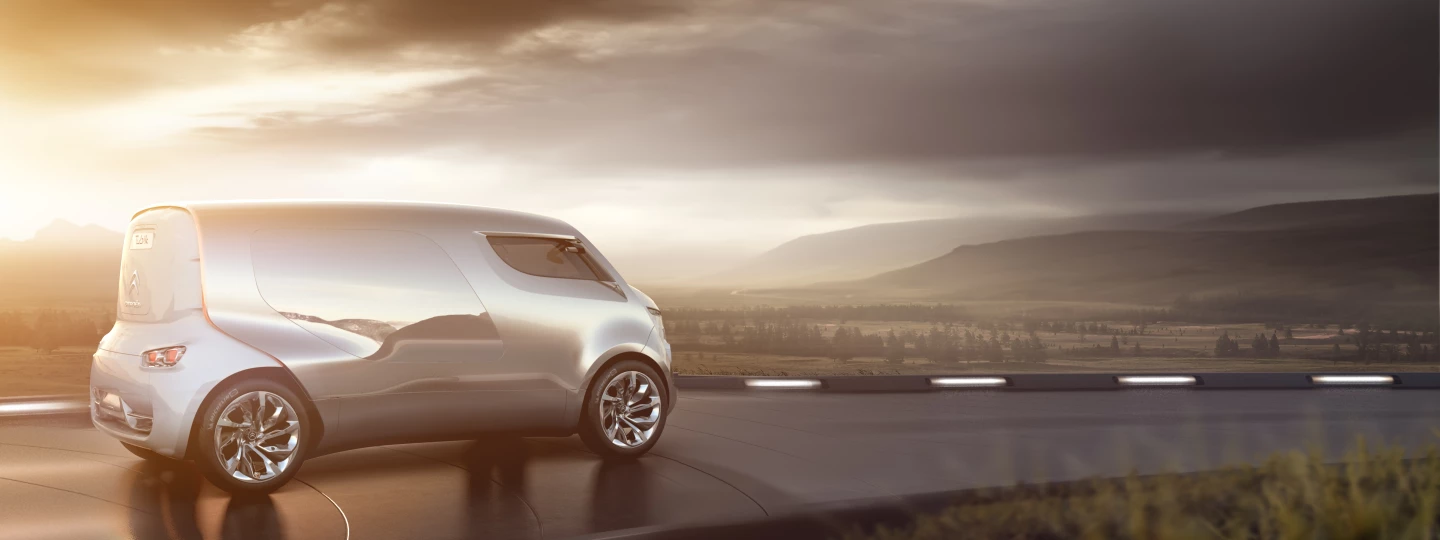
It has been fashioned using the latest technologies to be uber-comfortable with a flexible interior adaptable to carry a group of people or a single person and luggage.
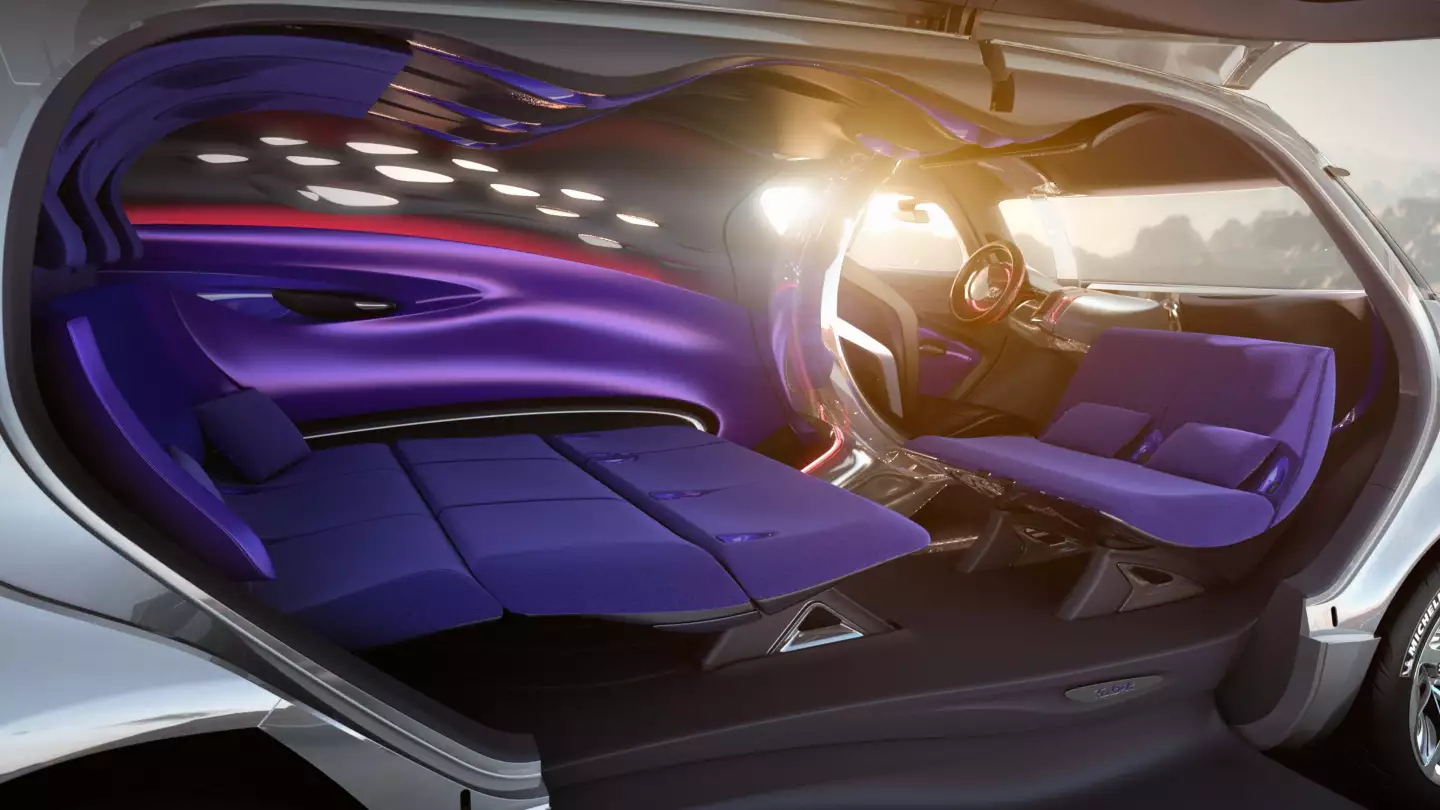
To make Tubik look even more protective, Citroen designers combined two contrasting colours: the metal grey of the body shell envelops the pearlescent white at either end, marking the position of the combustion engine (at the front) and electric motor (at the rear) used by the full-hybrid diesel drive train.

With this simple but attractive exterior, the large two-way panoramic window and two large doors giving access to the driving position and living area are barely visible. The driver's door is rear-opening while the side door runs in a circle to free up the entire side of the vehicle.

When you get behind the wheel of Tubik, you enter a high-tech world designed around the driving position. This area is dominated by what Citroen designers call the "cyclotron", a system that groups - in one circular line - the seat, pedal assembly, steering wheel and circular head-up display The aluminium grey of the bodywork is also present on the cyclotron, to accentuate its robust, protective looks.
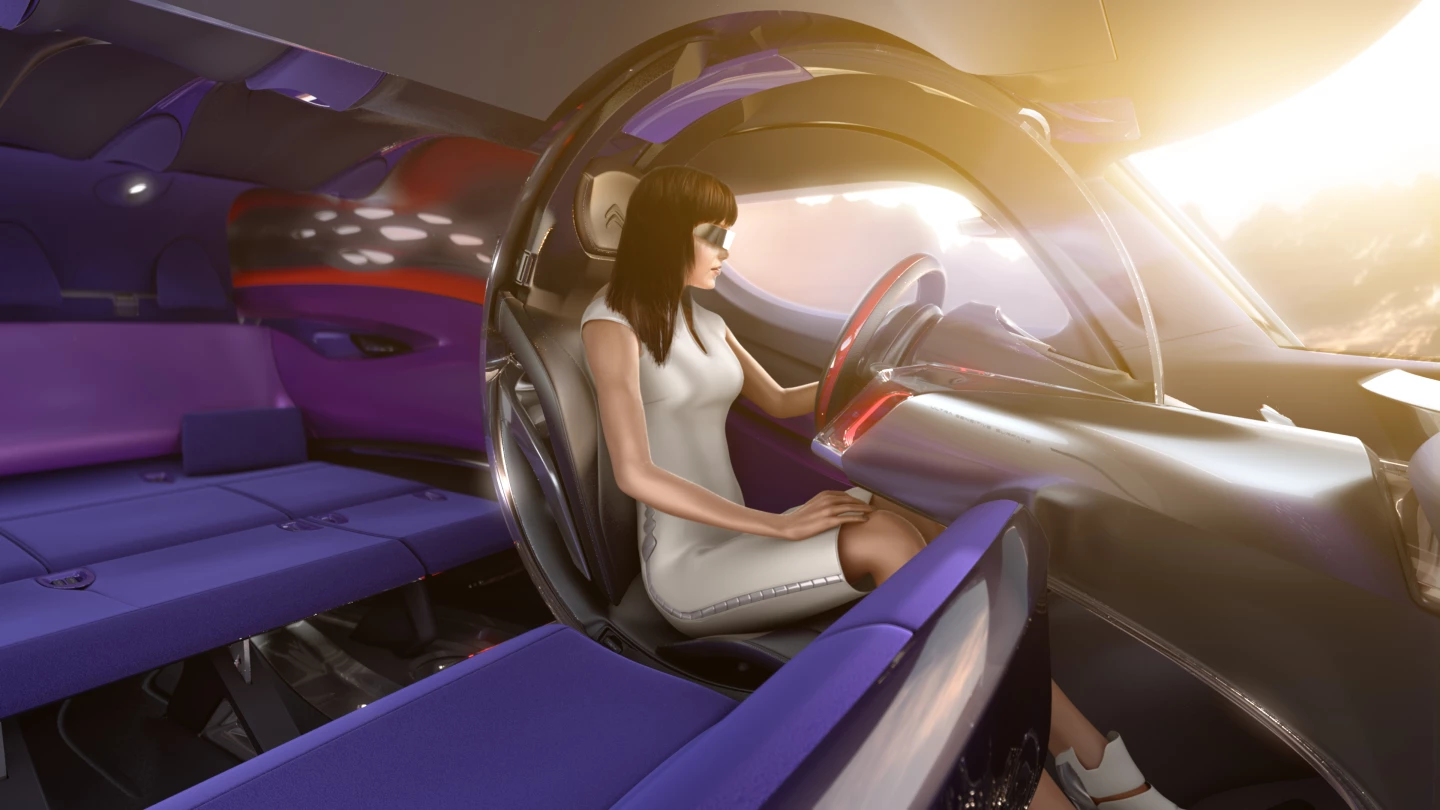
Installed in the black full-grain leather seat, the driver is identified by a system of fingerprint recognition. Around them, on the head-up display and the screen positioned in the centre of the steering wheel, is all the information required for navigation. To see what's happening behind the vehicle, a screen shows the pictures from the reverse and rearview cameras.

The living area is a lounge-style cocoon. The living area features materials borrowed from the worlds of architecture and interior design: felt seats, silken backrests and door panels, and a leather floor. The light ambience of the cabin brings out the nuances in the colours and materials. To see without being seen, the moucharaby and large two-way panoramic window are an original way for passengers to see out easily, without others looking in.

Passengers can arrange the three rows of seats as they wish. Each seat is independent for maximum comfort. The first row of seats lets two people sit facing the road or facing the other passengers. The middle row can seat up to three people or, alternatively, it can be converted into a small table, be folded onto the last row to free up an area of almost 2m², or be folded out completely to create a meridienne-style seat. This configuration is ideal for relaxation. Passengers become spectators, taking advantage of the large multimedia screen in a semi-reclined position.

The Tubik uses a diesel-electric Hybrid4 technology to keep CO2 emission levels close to those of a conventional saloon. This increases the vehicle's range over that of a traditional internal combustion engine and also maximises traction with its four-wheel drive mode, the front wheels being driven by the combustion engine and the rear wheels by the electric motor.
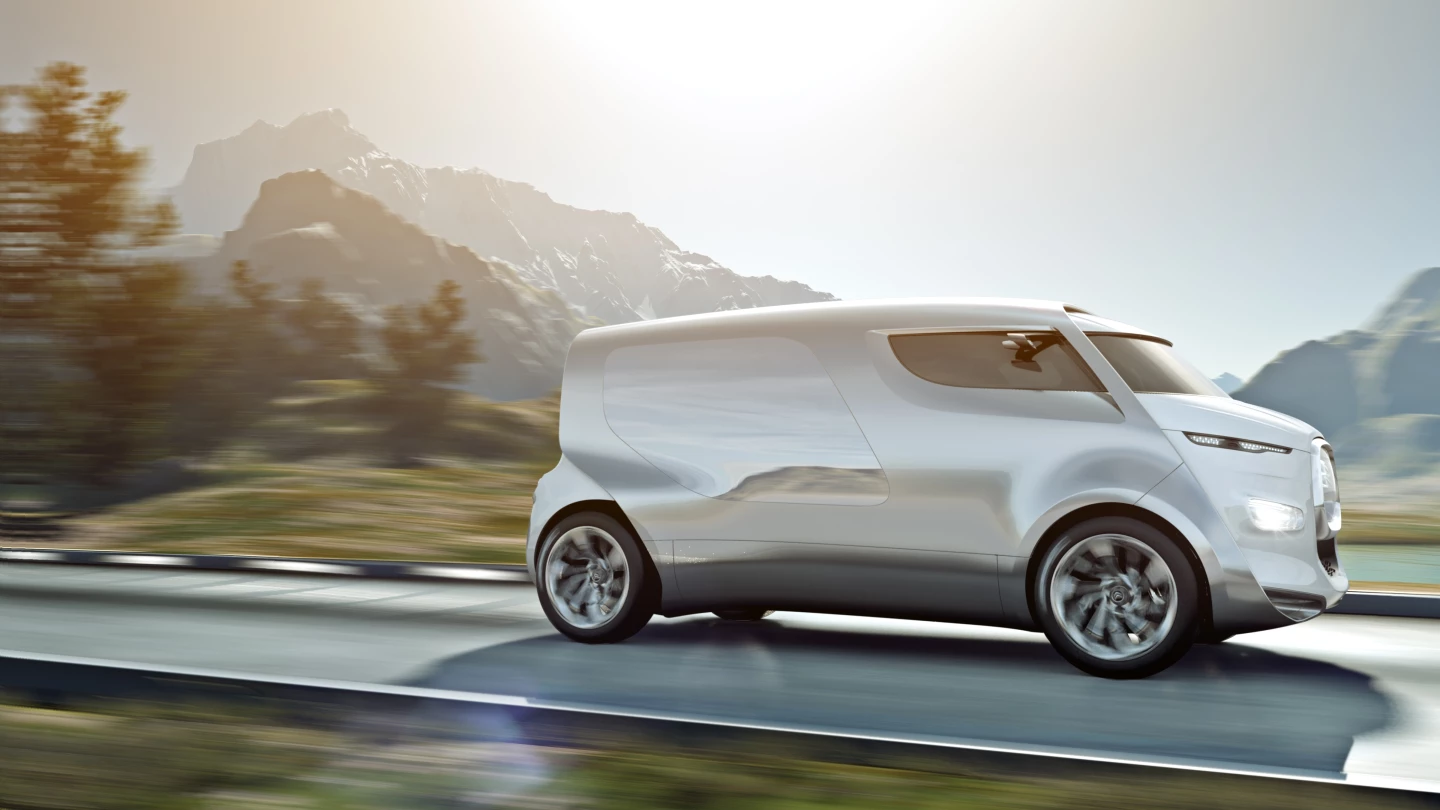
Tubik is fitted with 22-inch wheels equipped with tall, narrow tyres with very low rolling resistance, in order to optimise fuel consumption. For a better compromise between comfort and roadholding, Tubik features hydractive suspension, a technology exclusive to Citroen. Vehicle height is controlled in real time and so remains constant, regardless of load. At high speeds, the car is automatically lowered to promote aerodynamic performance and contribute to cutting fuel consumption and CO2 emissions.

Entertainment units fold from the roof and privacy is guaranteed.

The Multicity project is the result of studies carried out by Citroën on mobility as a whole, rather than the myopic view many automobile manufacturers take of focussing just on cars. Multicity has already launched in France to assist people who wish to travel from A to B most time-efficiently.
Citroen recognised that journey time rather than distance is the most important aspect of travel and the same journey can be made using many different means of transport. In consequence, the challenge for vehicle manufacturers is to develop solutions tailored to the mobility issues of the future.

If you're wondering why it isn't tubular, the name is actually a nod to the 1939 Citroen TUB (Traction Utilitaire du type B), one of the very first (if not the first) single box vans to be sold commercially. The pre-WWII TUB used monocoque construction (no chassis - the body was the chassis), a front engine and front wheel drive.

The TUB featured the world's first automotive side sliding door, a design concept that is now used in millions of light and medium vans around the world.

The advanced design of the TUB and subsequent Type H made them a blank canvas for conversions for myriad purposes. The Type H was in production for more than three decades, during which time it was converted into campers, mobile shops, people movers, Police vans, fire trucks, ambulances and countless other guises.

Films and television series set in France were immediately recognizable when the TUB, its post-war derivative, the Type H, or any of Citroen's iconic designs such as the 2CV or Traction Avant were visible.
